Yang Chi-Chuan’s (b.1985, Taipei) work is characterised by a subtle and evocative nature that explores the connections between individuals, locations, items, and occurrences. Her artistic works encompass drawings, installations, sound pieces, and most recently wind chimes and kinetic curtain sculptures. These creations can be interpreted as a continuing collection of stories that explore the interconnectedness of things. The narrative quality of her art is inviting, charming, and captivating, immersing the audience in different situations and allowing them to examine a variety of issues related to life, family, politics, urban surroundings, and numerous cultural aspects.
A recurring theme in Yang’s work is the exploration of personal experiences, a distinct and significant subject that holds relevance for everyone, particularly during their developmental years. Picturing the stories you have told me (2018), for example, is a collection of crayon illustrations accompanied by an audio recording. The intricate small-size compositions resemble fragments, unhurriedly scavenging memories and snippets of stories. In parallel, the recording fosters a feeling of immersion, guiding the viewer into a realm of intimacy and trust. The composite aspects of the work are intricately intertwined and imbued with an air of enigma: the presence of the “you” and the “me” in the narrative prompts us to inquire about the specific time and place of the events, compelling us to delve further and uncover responses.
Nine Lines (2018) is a substantial installation that depicts a choreographed arrangement of power lines and utility poles, intertwined and leaning against one another, representing the mundane aspects of daily life. As if uprooted from the streets, one pole bends, the other carries a microphone, encouraging the audience to think about our surroundings on the streets one passes everyday and takes for granted. Additionally, it evokes thoughts of transformation, the end of an era, and the emergence of advanced and streamlined methods of energy transportation and communication. By appropriating bodily, anthropomorphic poles, Yang’s work serves as a means of reflecting on the changes in our urban or societal landscape. Other installations that also emphasise immersion, such as Essays: A Platform (2017), are particularly theatrical, constructing intricate stages in which the audience is exposed to captivating scenes and scenarios.
After realising the “Plastonki” exhibition in 2021, Yang has been delving deeper into the physical and emotional characteristics of handcrafted ceramics, suspending an array of ceramic objects in tree structures or vertically, producing motorised wind chimes that spin and ring, and curtains that gradually rise and fall. The recent ceramic installations crystallise different threads of Yang’s practice over the past ten years—an ever-deepening exploration of personal experience, the natural environment, architectural space, memory, sound, ruin, performativity, organic form and non-readymade. Wind chimes have also transformed the gesture of suspension with which Yang has been fascinated for years—she gingerly demonstrated her interest in pendulous movements and suspension in exhibitions such as “Specimen” (2014), “What a Wonderful World” (2017), and in installations such as Nine Lines. Yang’s recent sound-ceramic installation commissioned by the 2023 Taipei Biennial juxtaposes the wind chimes and curtain pieces presented at the solo exhibition “Tuning into Autumn” (2023): the former examines one’s struggle with anxiety and fear, while the latter signifies ways in which one may calmly embrace life. In the landscape of “Tuning into Autumn”, Yang gently encourages visitors to recalibrate their speed, to relive a cadence that aligns with nature, to revisit affection and fondness, and to, ultimately, cultivate a state of tranquility with life, as fallen leaves and seeds.
Yang’s artistic approach encompasses several mediums and focuses on documenting, safeguarding, and reflecting on events, ideas, and individuals. She serves as an interpretive visual archivist, as well as a guardian of hidden knowledge. Amidst a constantly changing world, her practice exudes a sense of calmness that beckons you to engage and explore at your own leisure, unravelling what exists or has existed. By recording and sharing these ideas, Yang embodies an appealing sense of humanism and a compassionate exploration filled with warmth.
Yang’s recent solo exhibitions include: “Tuning into Autumn”, Kiang Malingue, Taipei (2023); “Plastonki”, Kiang Malingue, Hong Kong (2021); “Plastonki”, Künstlerhaus Bethanien, Berlin, Germany (2020); “Have a Good Day”, Taipei Artist Village (2017); “Tick-Tock”, Things That Can Happen, Hong Kong (2017); “Essays During the Night”, Juming Museum, Taipei, Taiwan (2017). She participated in the 2023 Taipei Biennial “Small World”. She was the finalist for the 2018 Art Sanya Huayu Youth Award, and the 2017 Taipei Arts Award.
Yang Chi-Chuan B. Taipei, Taiwan, 1985
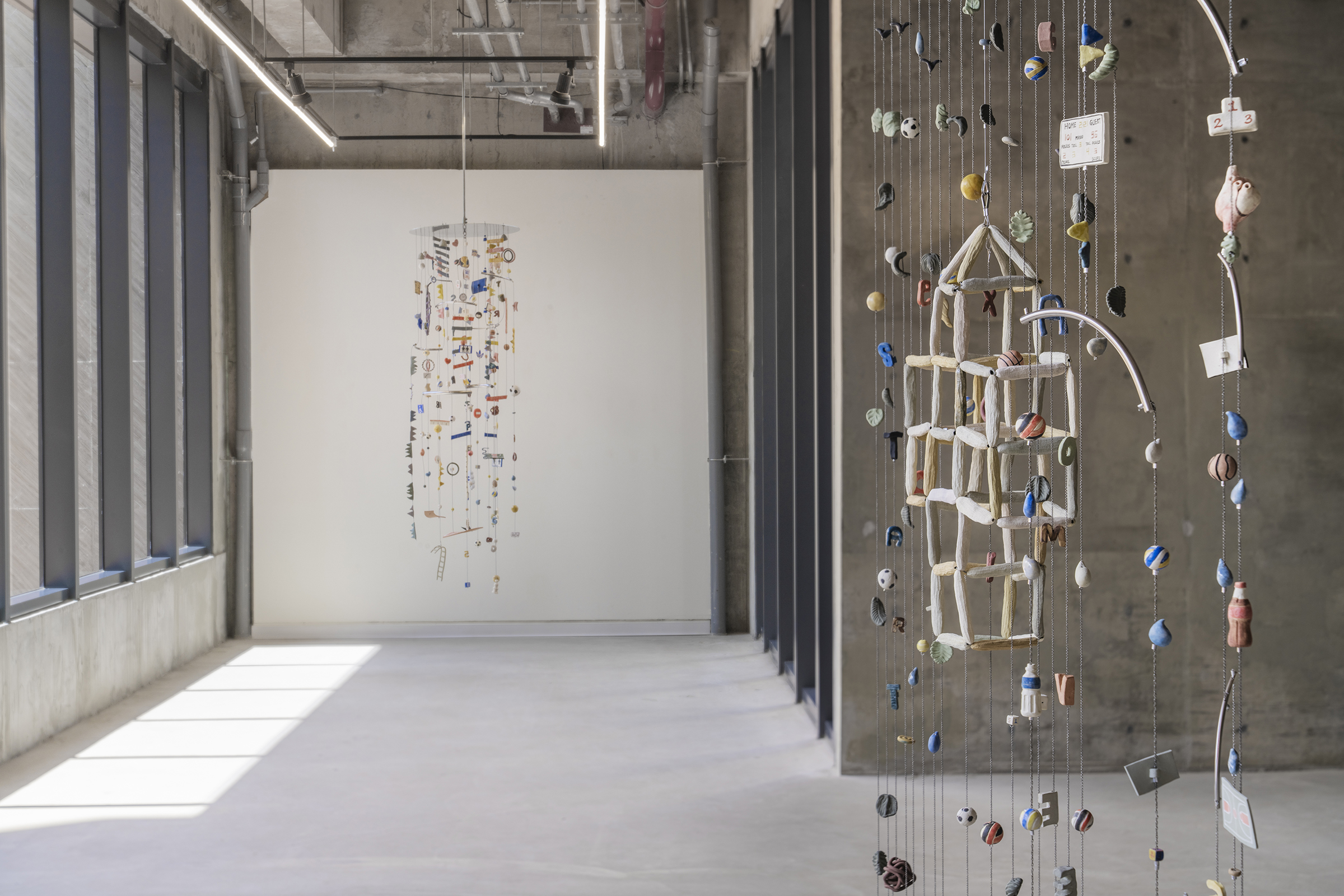
“In Terms of Sport”, New Taipei City Art Museum, Taiwan,2024.
Image courtesy of New Taipei City Art Museum. Photo: Whose Image Studio
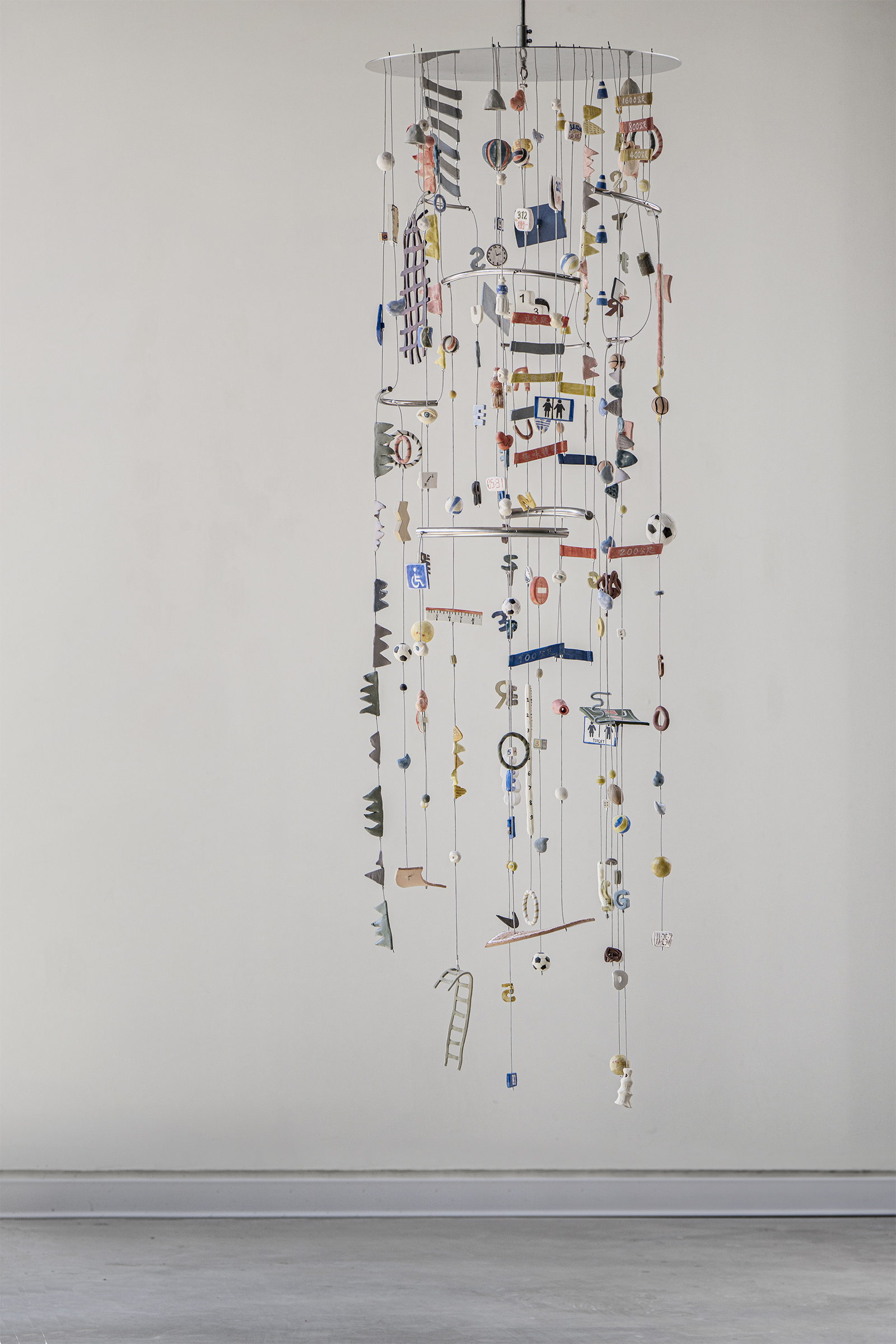
Ceramics, colored powder, underglaze, steel cable, stainless steel, kinetic equipment
50 x 50 x 140 cm
Image courtesy of New Taipei City Art Museum. Photo: Whose Image Studio
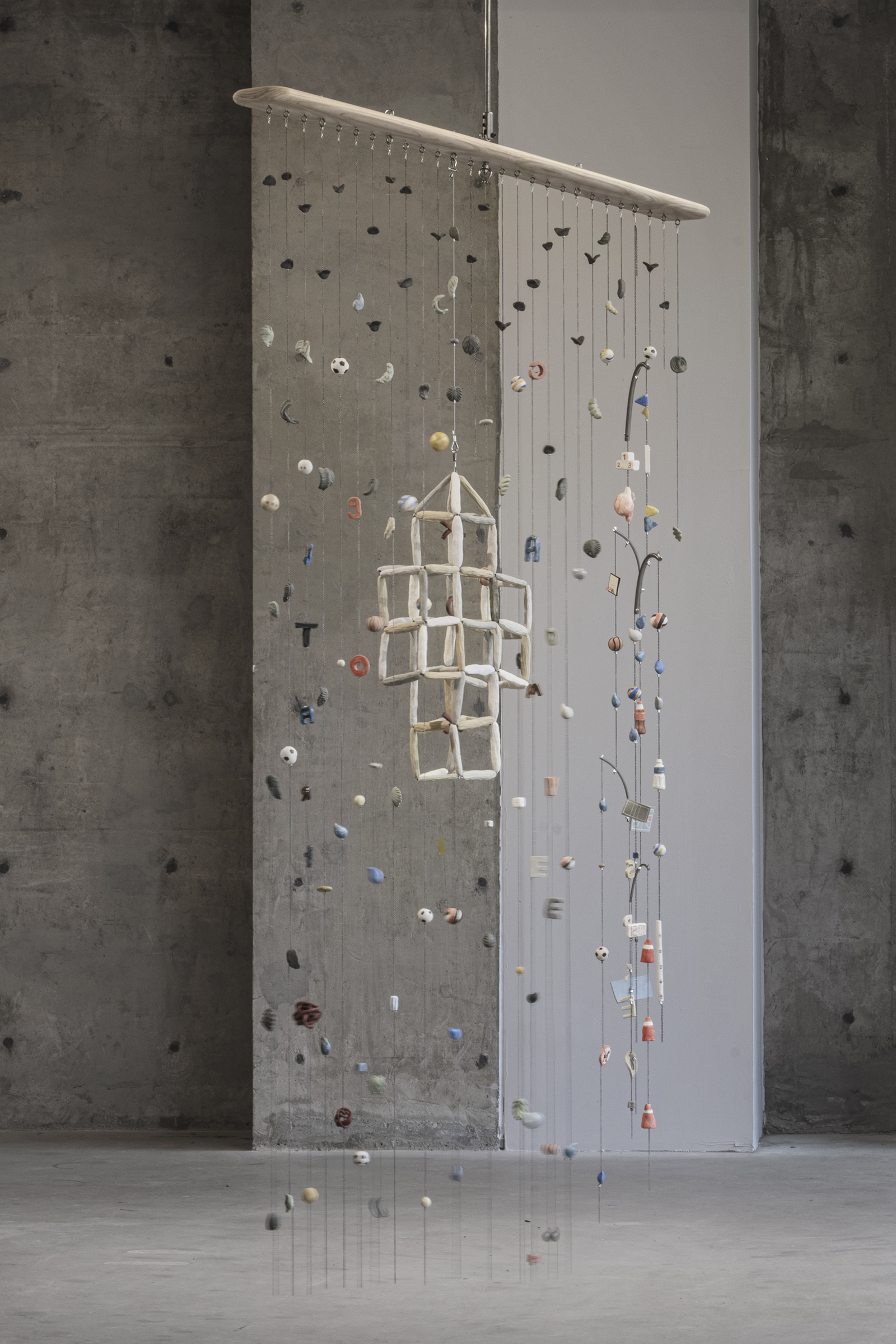
Ceramics, colored powder, underglaze, copper chain, stainless steel, Chinese ash wood, kinetic equipment
140 x 12 x 200 cm
Image courtesy of New Taipei City Art Museum. Photo: Whose Image Studio
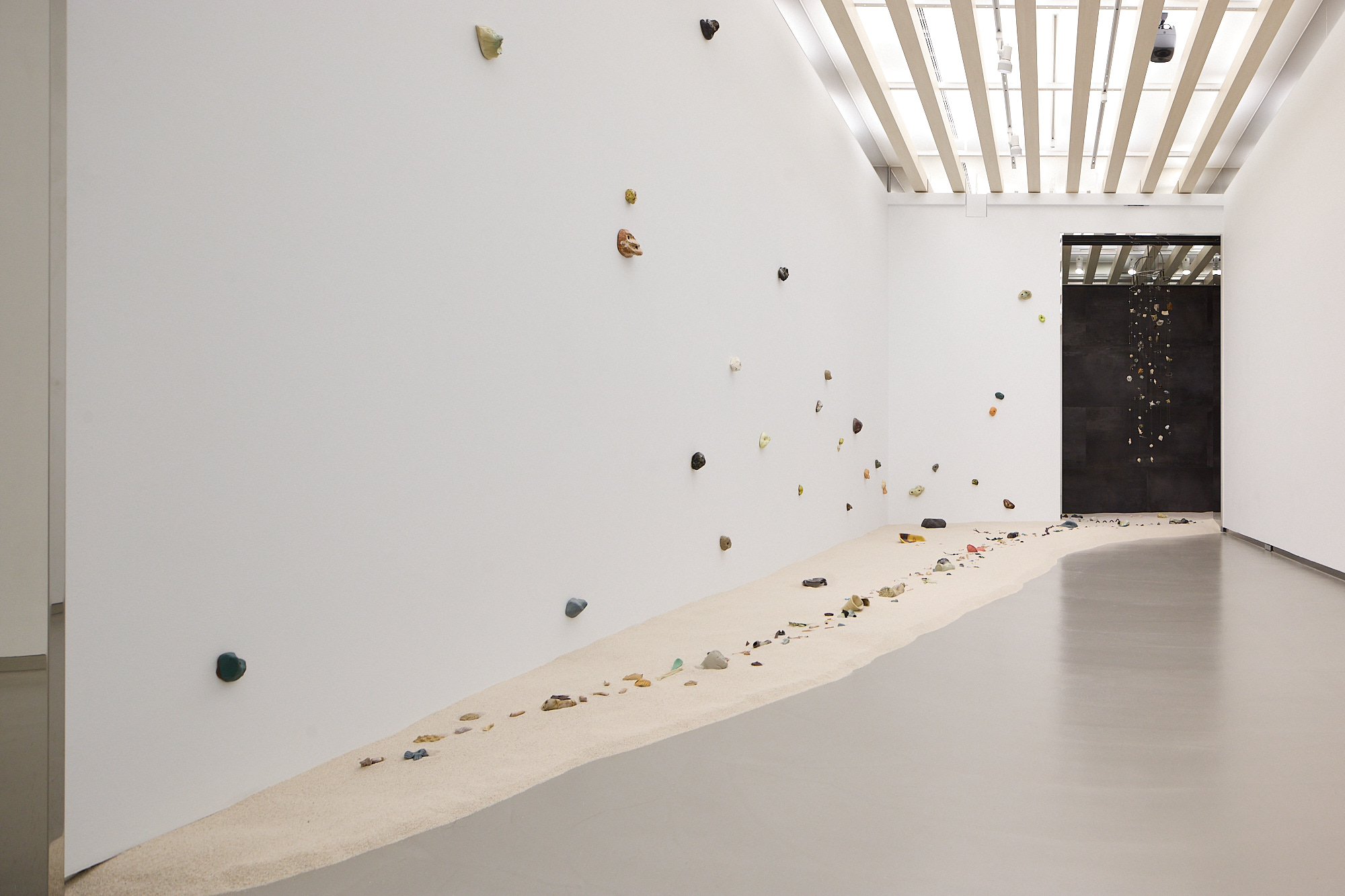
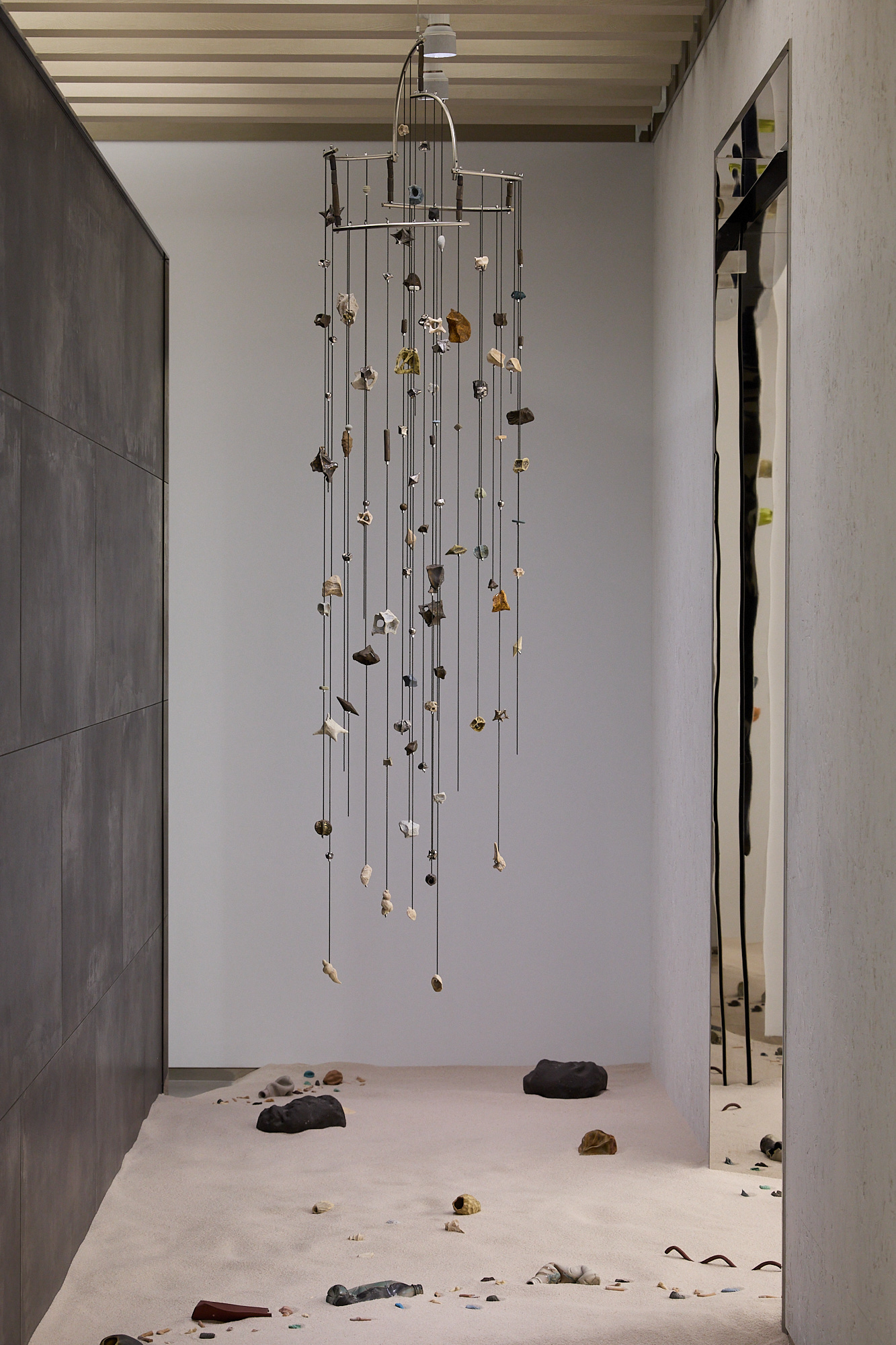
Ceramic, Color Powder, Glaze, White Gold, Stainless Steel, Chain
180 x 40 x 30 cm
Image courtesy of TAO ART, photo by Chen You-Wei.
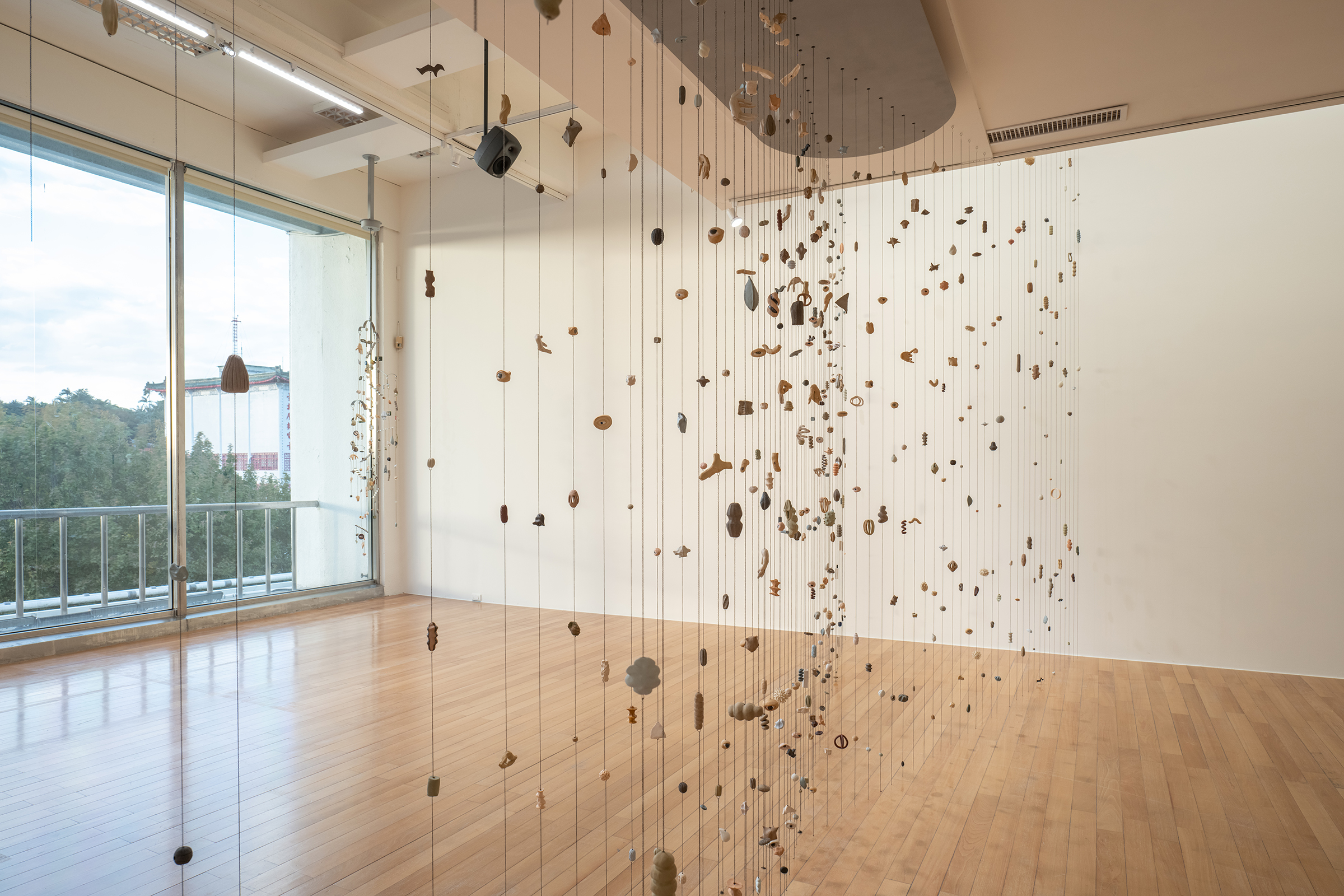
Installation shots of ‘Small World’, 2023 Taipei Biennial, Taipei Fine Arts Museum, Taipei, 2023.
Image courtesy of the artist.
Photography: Chiu, Chih-Wei
Documentary production : Chiu, Chih-Wei
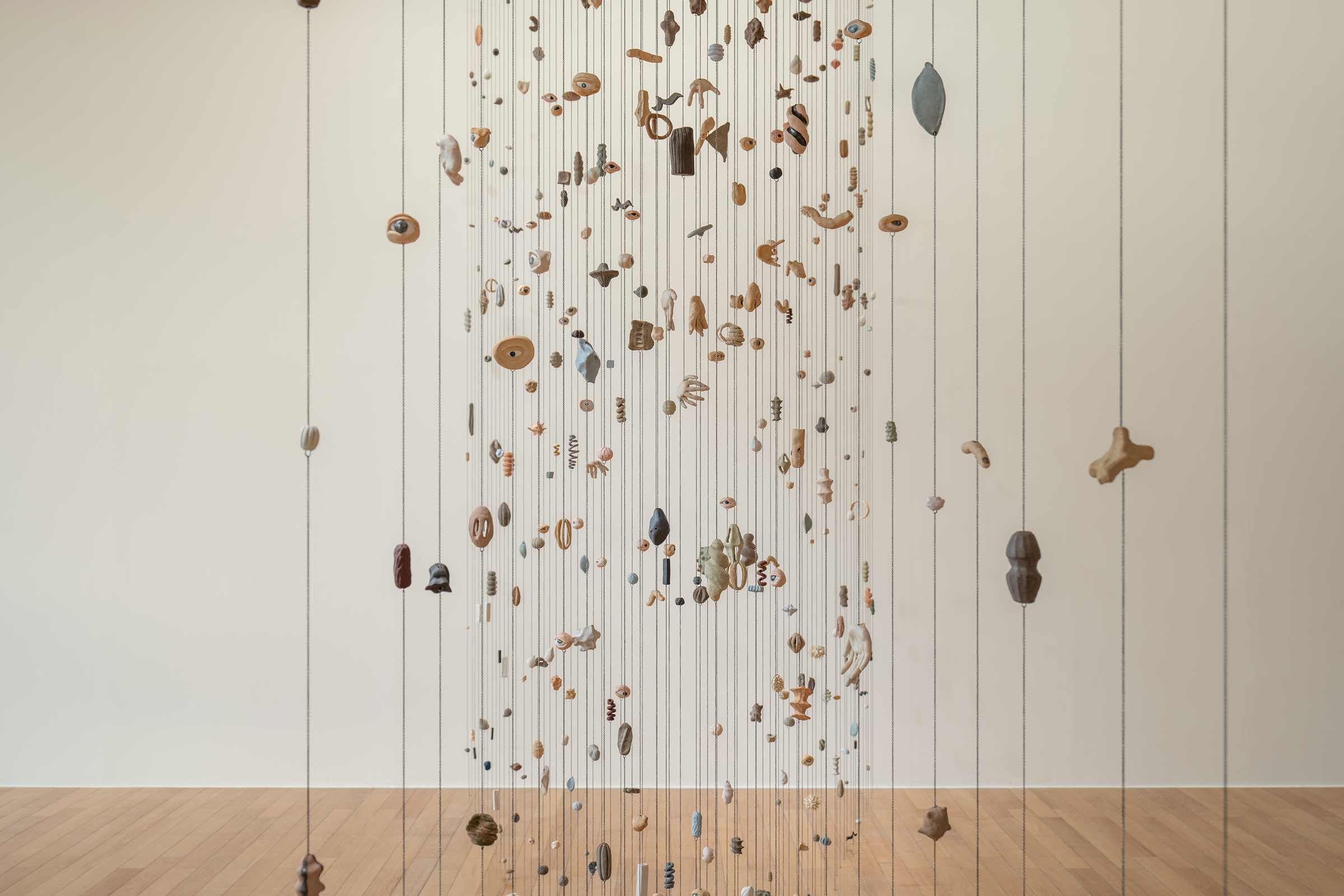
Installation shots of ‘Small World’, 2023 Taipei Biennial, Taipei Fine Arts Museum, Taipei, 2023.
Image courtesy of the artist.
Photography: Chiu, Chih-Wei
Documentary production : Chiu, Chih-Wei
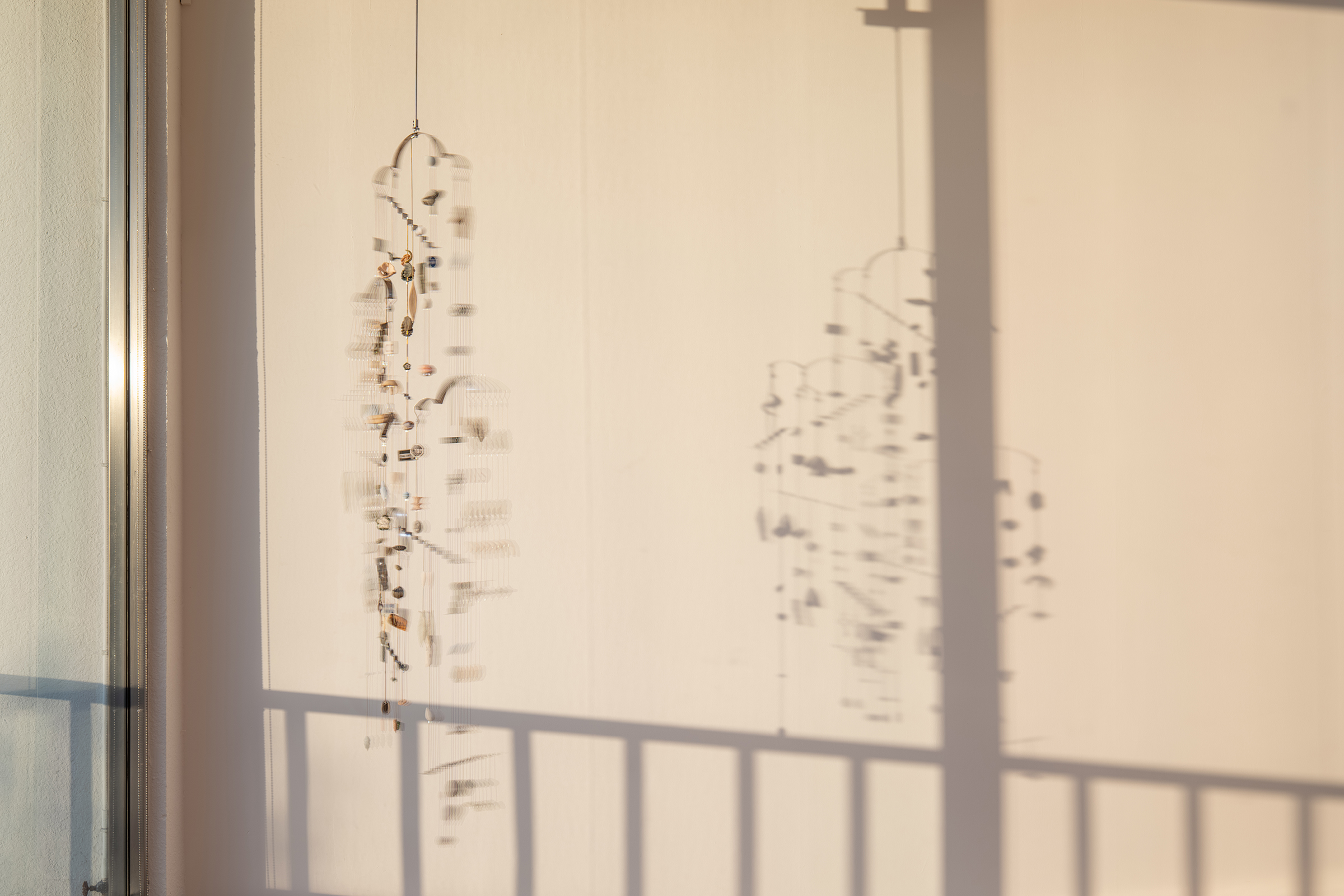
Installation shots of ‘Small World’, 2023 Taipei Biennial, Taipei Fine Arts Museum, Taipei, 2023.
Image courtesy of the artist.
Photography: Chiu, Chih-Wei
Documentary production : Chiu, Chih-Wei
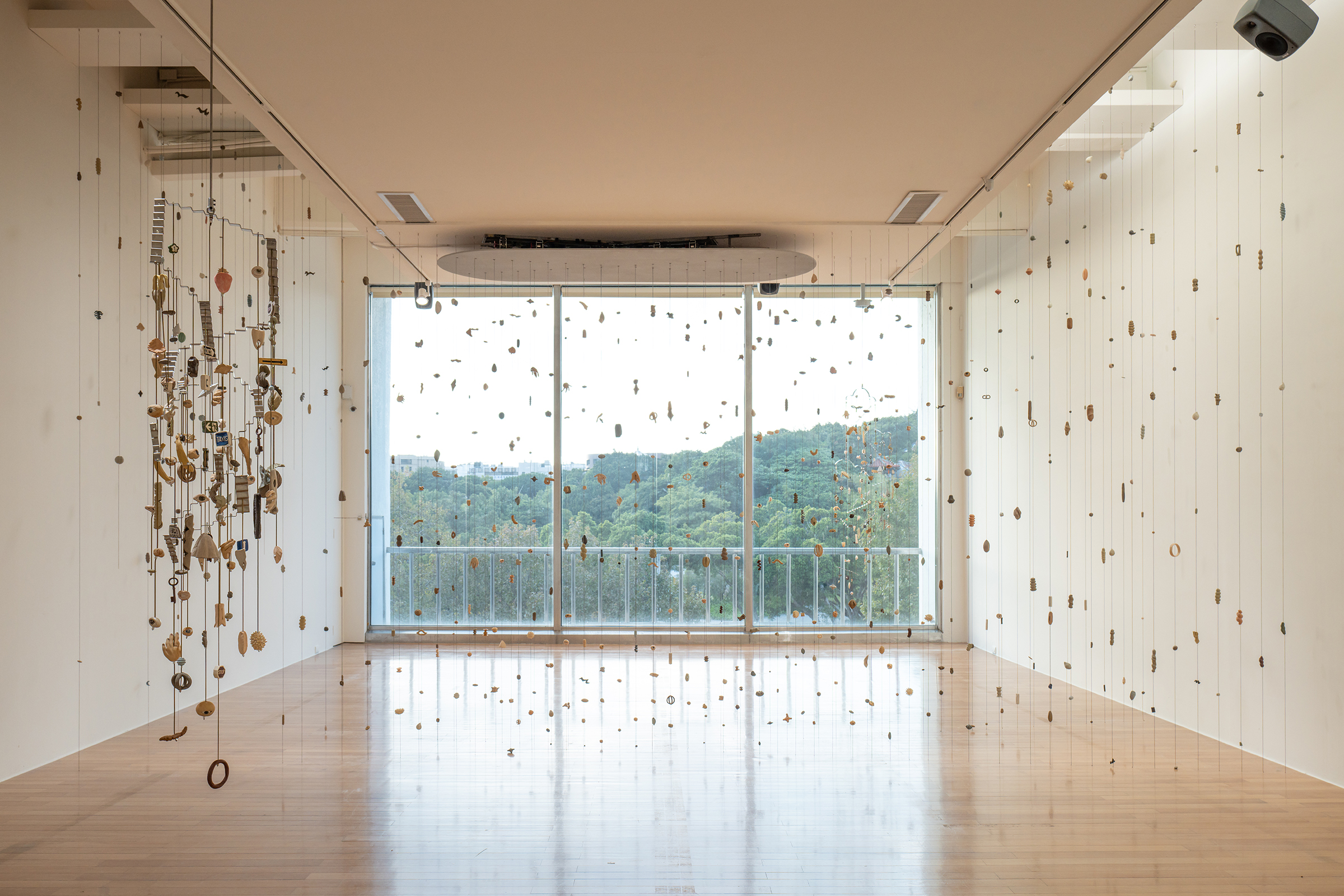
Installation shots of ‘Small World’, 2023 Taipei Biennial, Taipei Fine Arts Museum, Taipei, 2023.
Image courtesy of the artist.
Photography: Chiu, Chih-Wei
Documentary production : Chiu, Chih-Wei
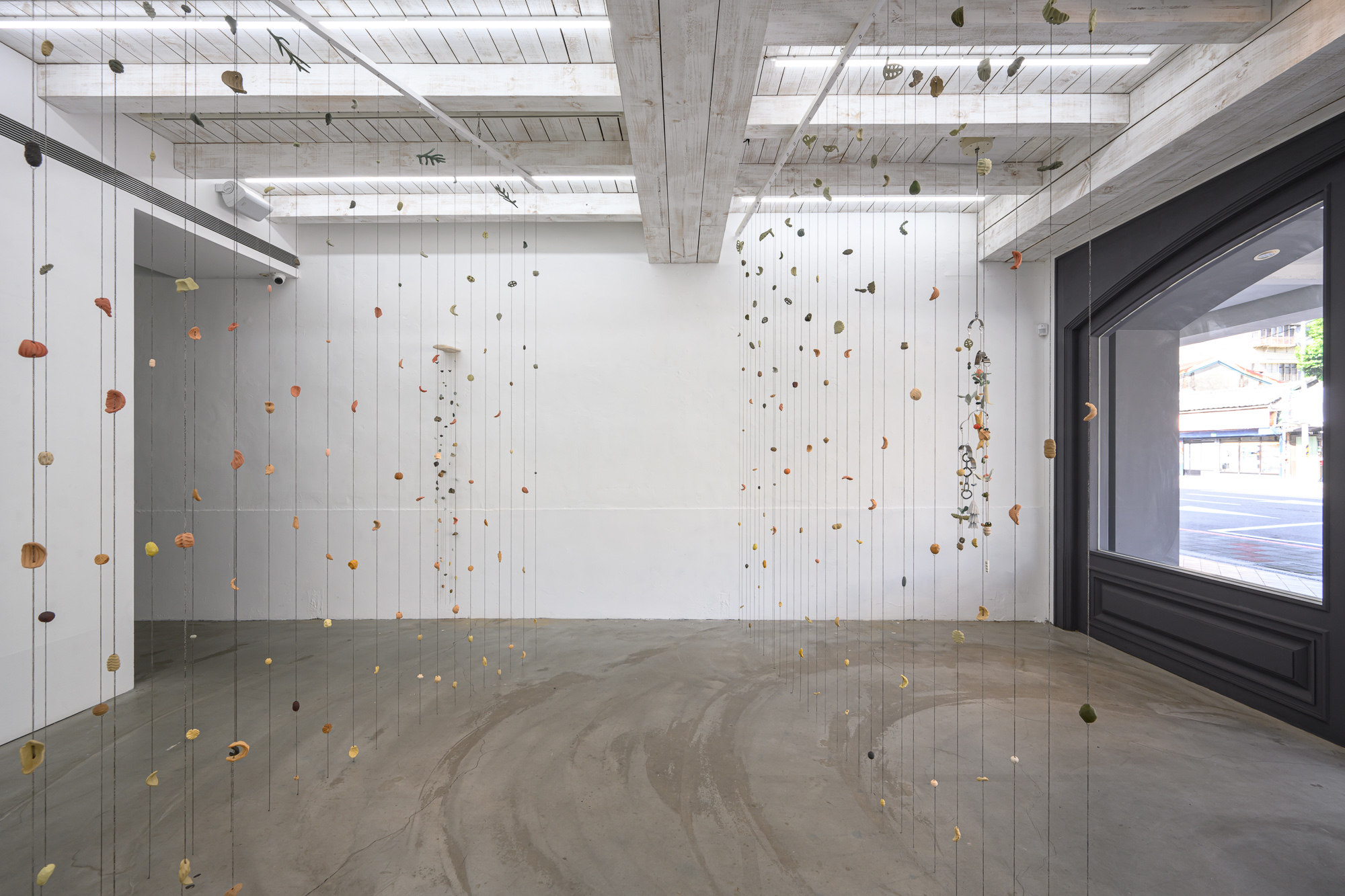
Installation view, ‘Tuning into Autumn’, Yang Chi-Chuan, solo exhibition, Kiang Malingue at WUTZ, Taipei, 2023.
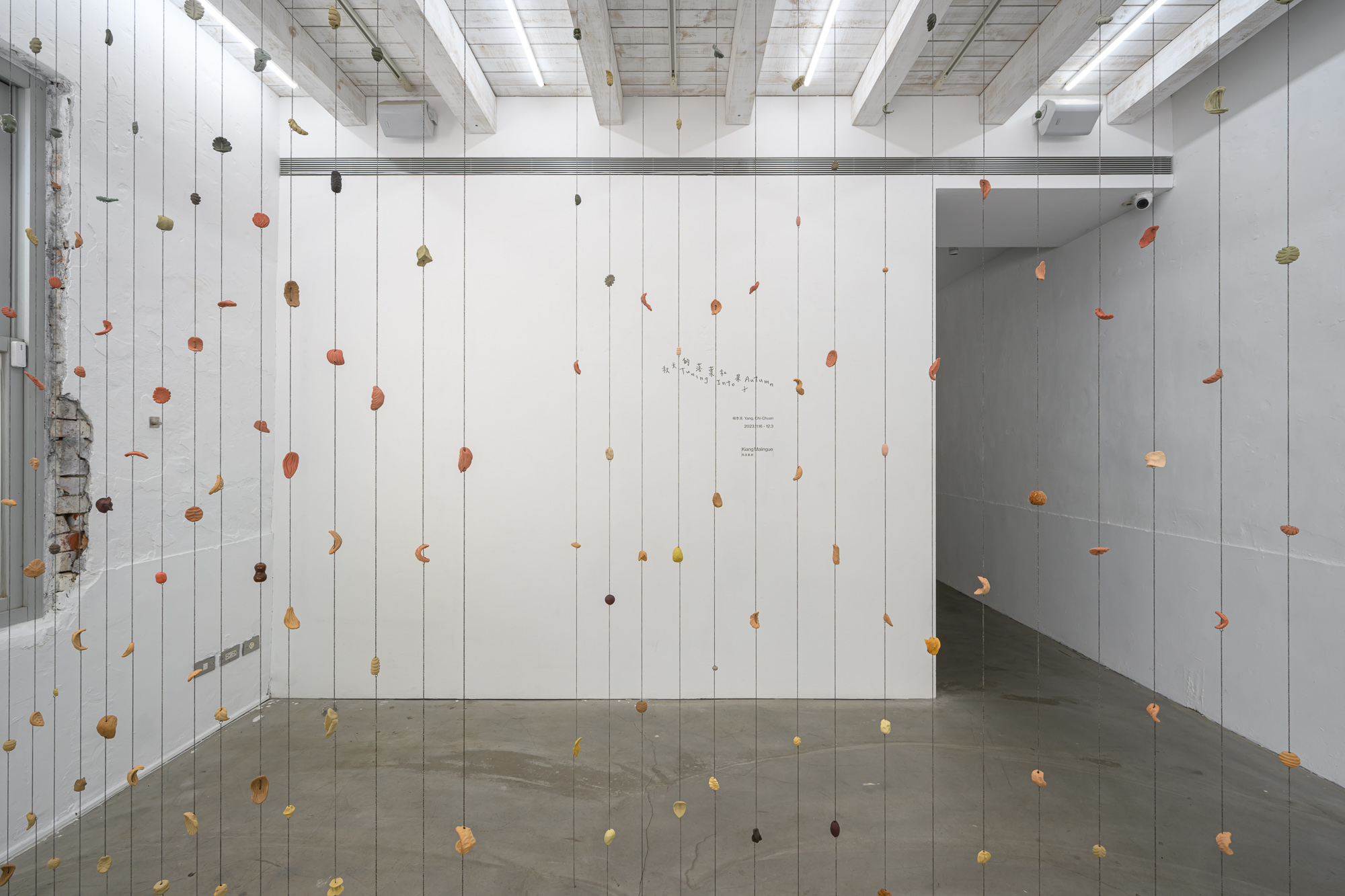
Installation view, ‘Tuning into Autumn’, Yang Chi-Chuan, solo exhibition, Kiang Malingue at WUTZ, Taipei, 2023.
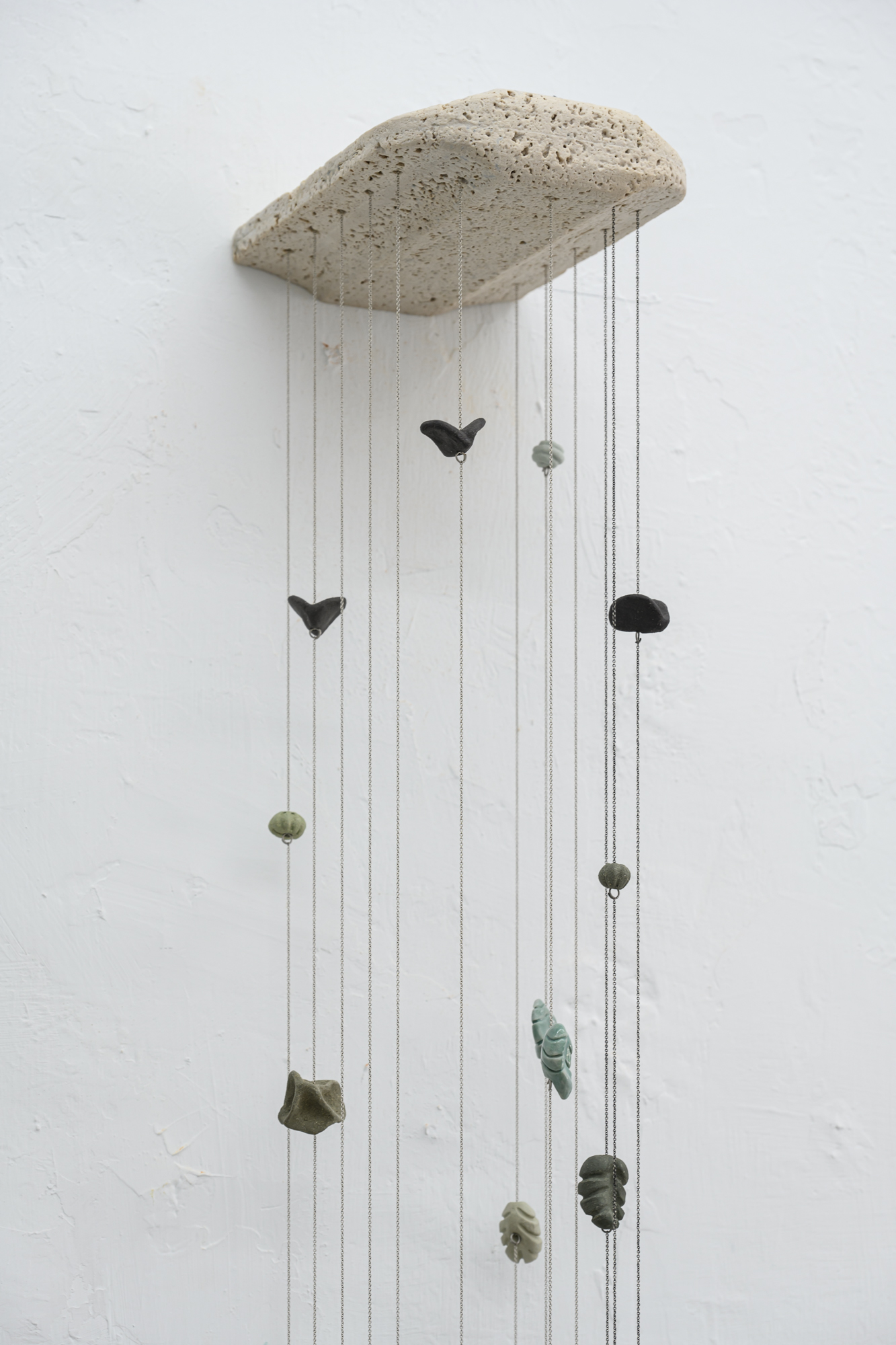
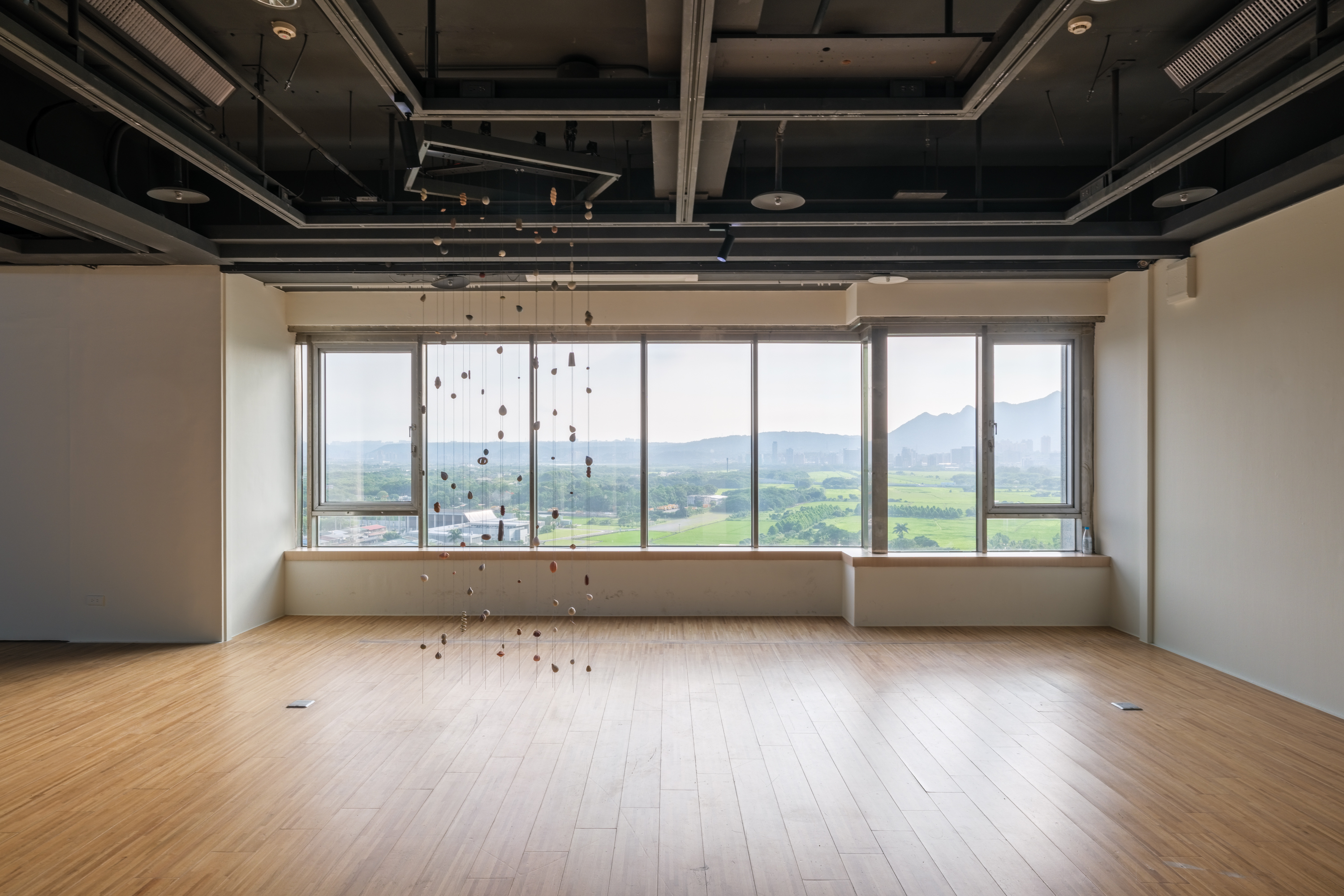
Clay, color powder, underglaze color, chain , power equipment, dimensions variable
Installation view, ‘Measured in feet’, Hong-gah Museum, Taipei, 2023
Photography by Chi-Hung Chu
Image courtesy of Hong-gah Museum
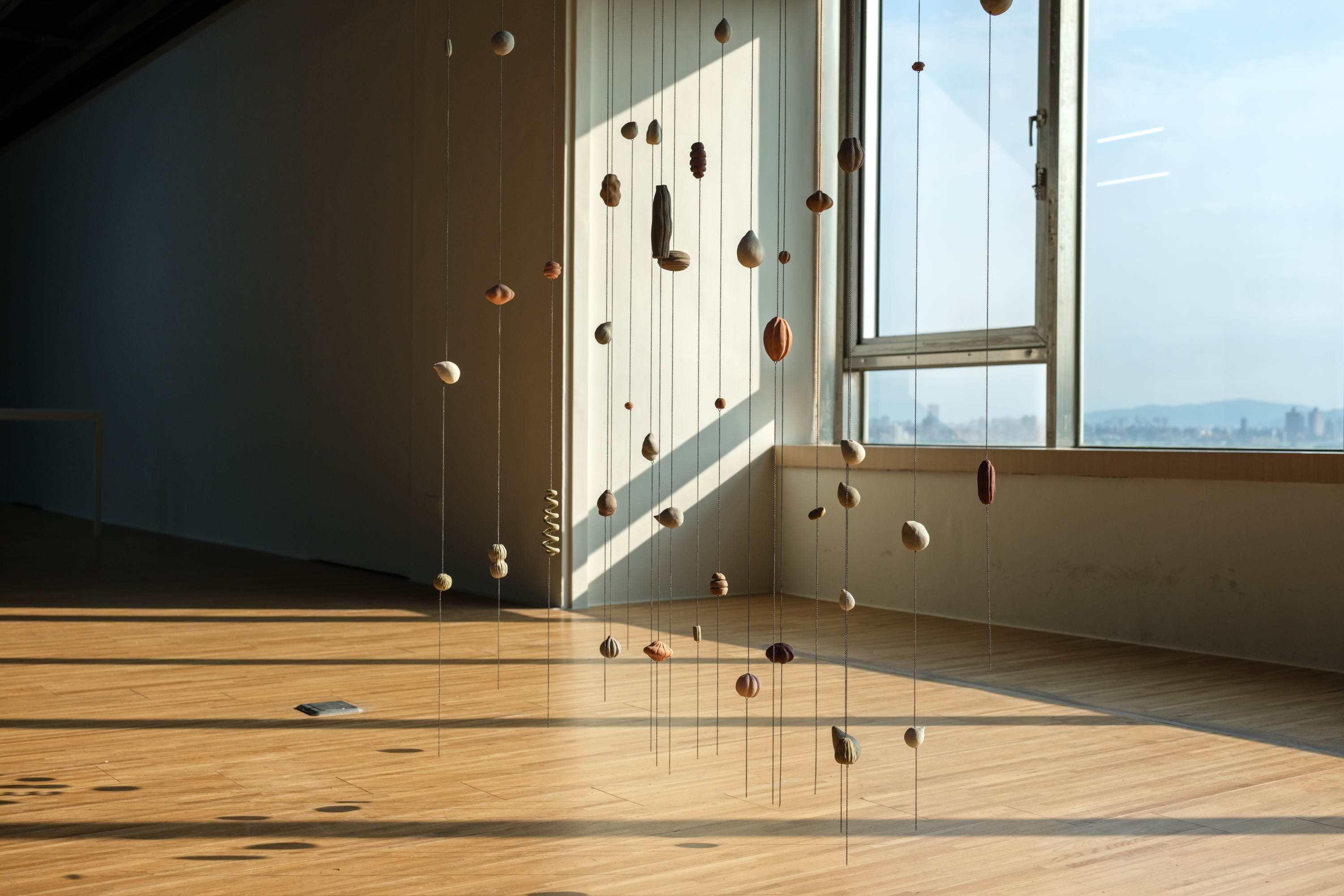
Clay, color powder, underglaze color, chain , power equipment, dimensions variable
Installation view, ‘Measured in feet’, Hong-gah Museum, Taipei, 2023
Photography by Chi-Hung Chu
Image courtesy of Hong-gah Museum
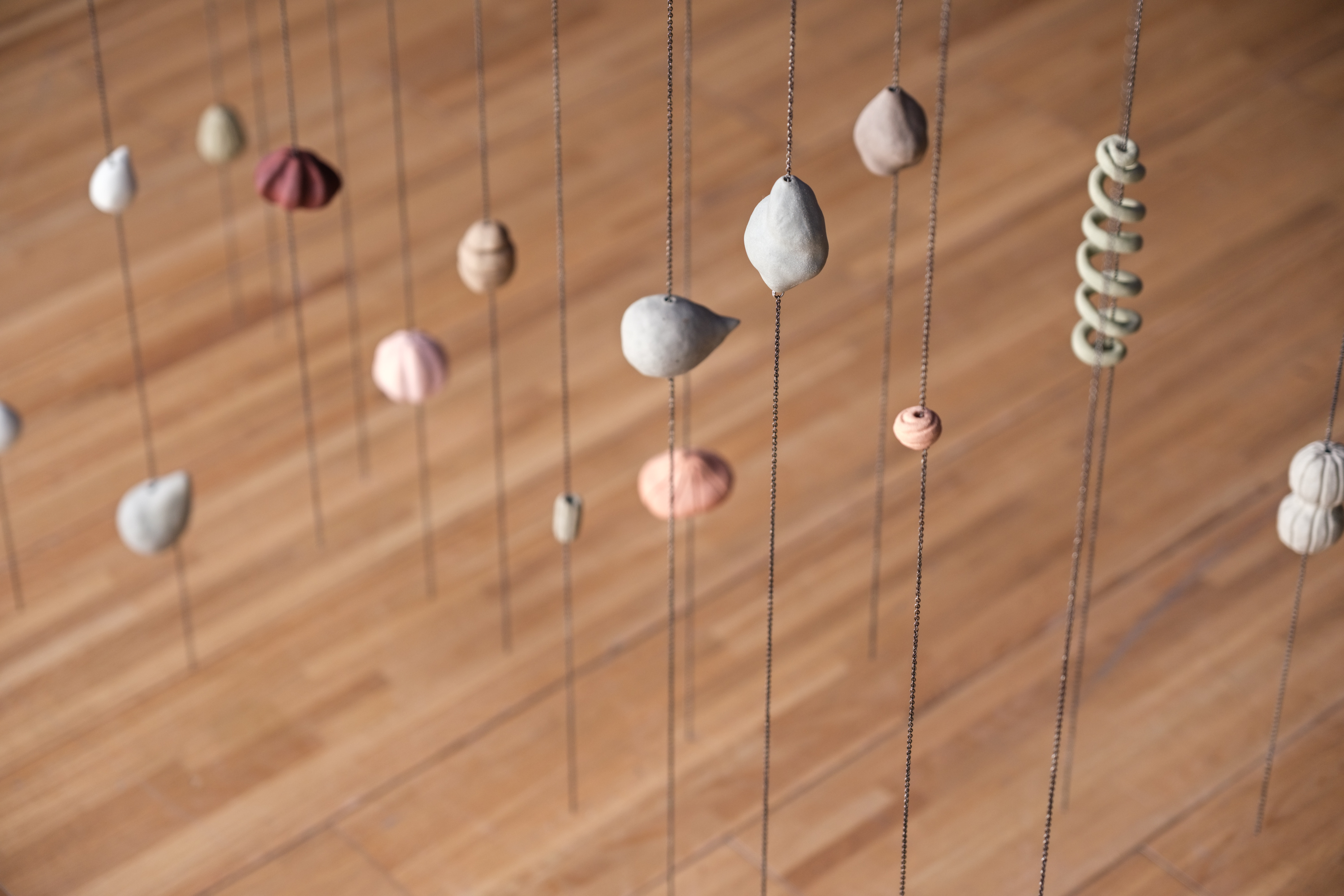
Clay, color powder, underglaze color, chain , power equipment, dimensions variable
Installation view, ‘Measured in feet’, Hong-gah Museum, Taipei, 2023
Photography by Chi-Hung Chu
Image courtesy of Hong-gah Museum
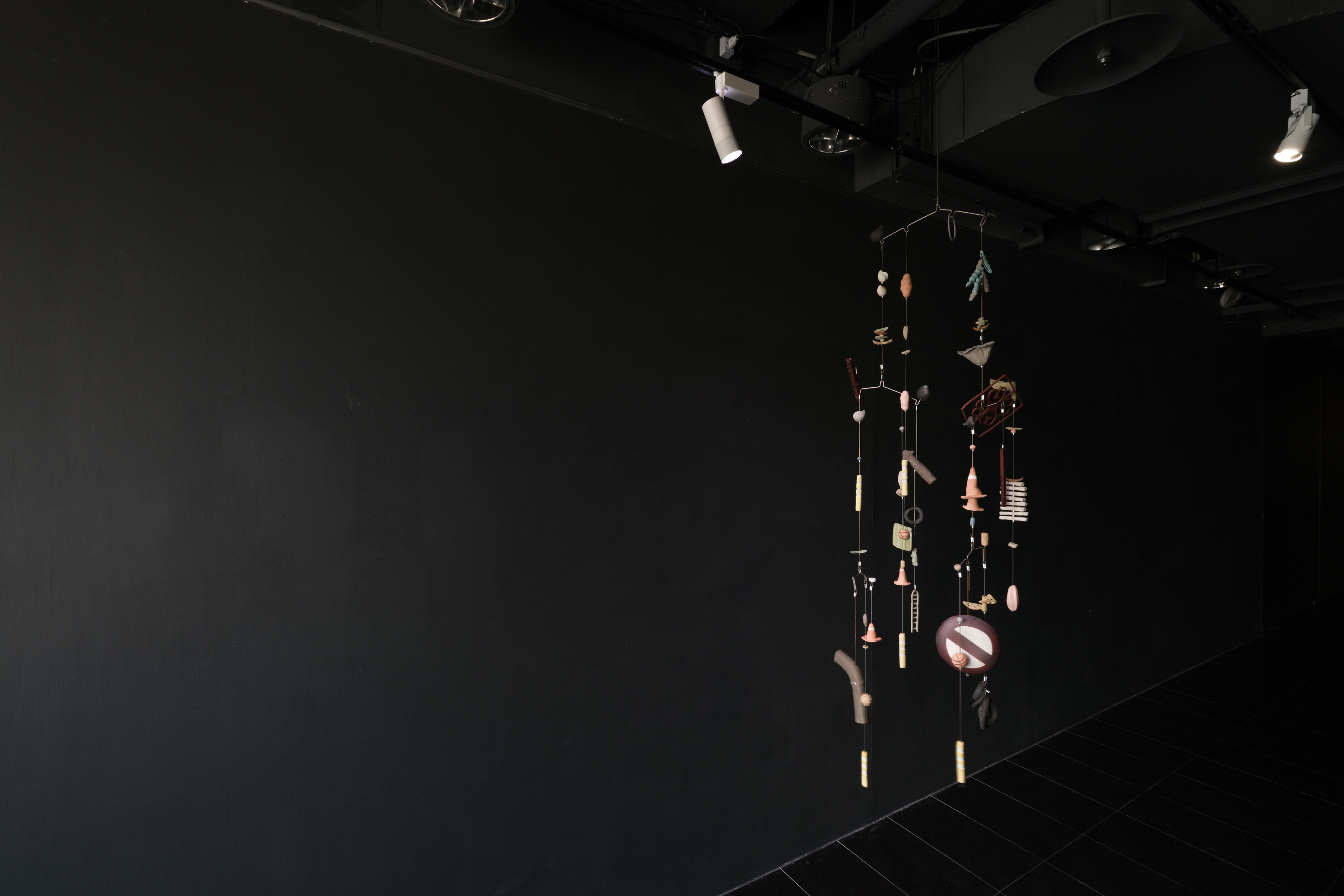
Clay, Color Powder, Underglaze Color, Chain, Stainless Steel, Power Equipment, 190 x 50 x 40 cm
Installation view, ‘Measured in feet’, Hong-gah Museum, Taipei, 2023
Photography by Chi-Hung Chu
Image courtesy of Hong-gah Museum
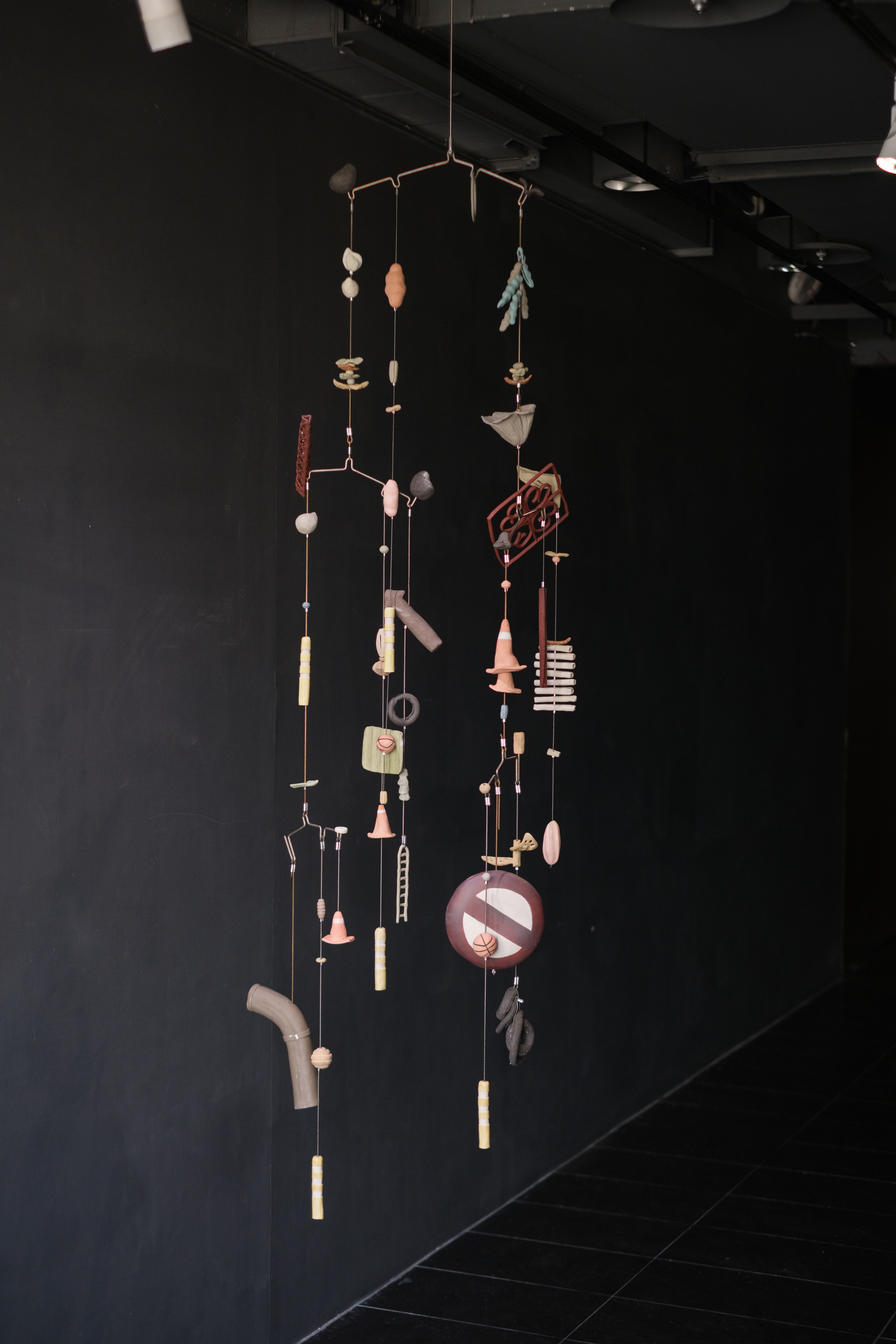
Clay, Color Powder, Underglaze Color, Chain, Stainless Steel, Power Equipment, 190 x 50 x 40 cm
Installation view, ‘Measured in feet’, Hong-gah Museum, Taipei, 2023
Photography by Chi-Hung Chu
Image courtesy of Hong-gah Museum
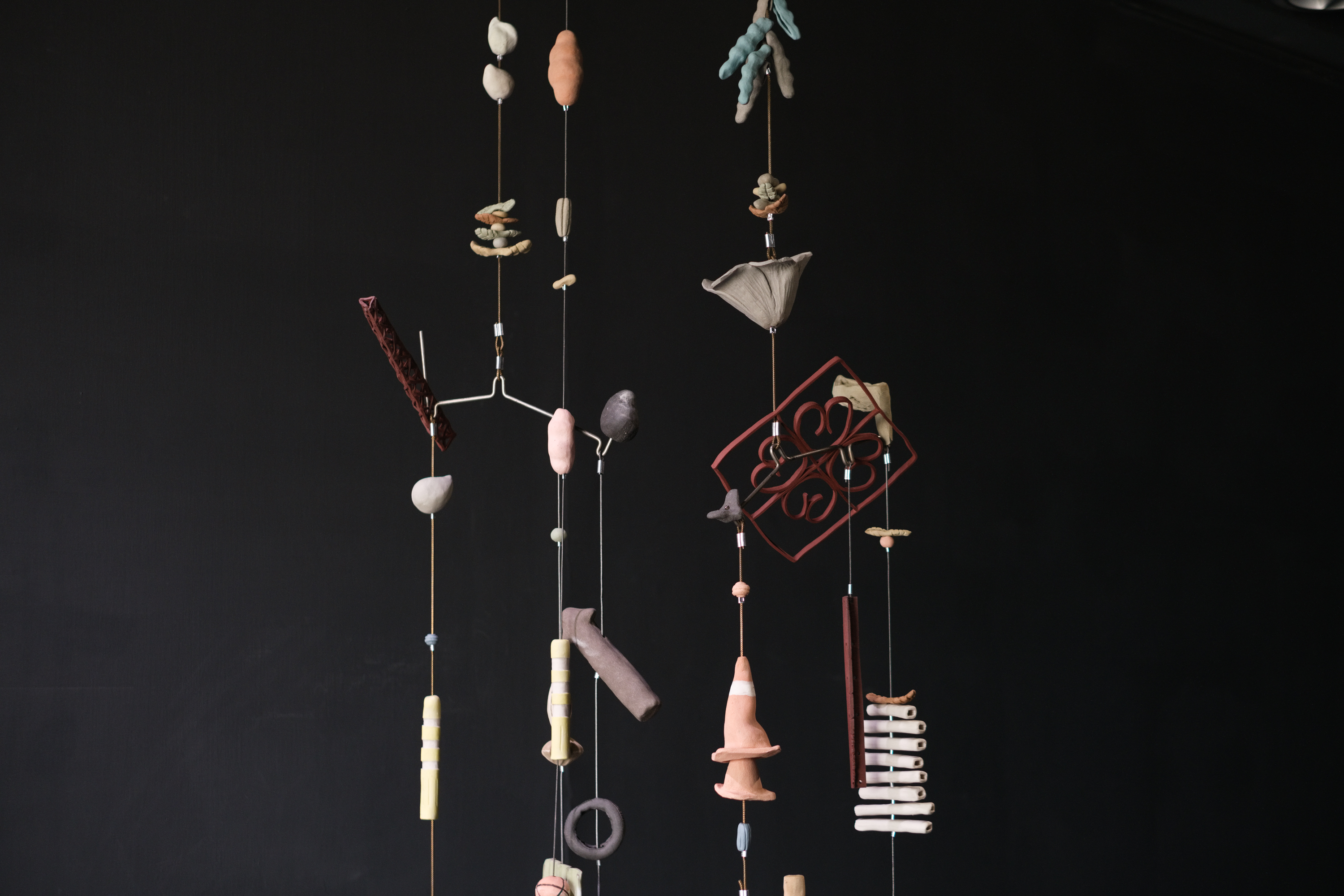
Clay, Color Powder, Underglaze Color, Chain, Stainless Steel, Power Equipment, 190 x 50 x 40 cm
Installation view, ‘Measured in feet’, Hong-gah Museum, Taipei, 2023
Photography by Chi-Hung Chu
Image courtesy of Hong-gah Museum

Clay, Color Powder, Underglaze Color, Chain, Stainless Steel
190 x 60 x 40 cm
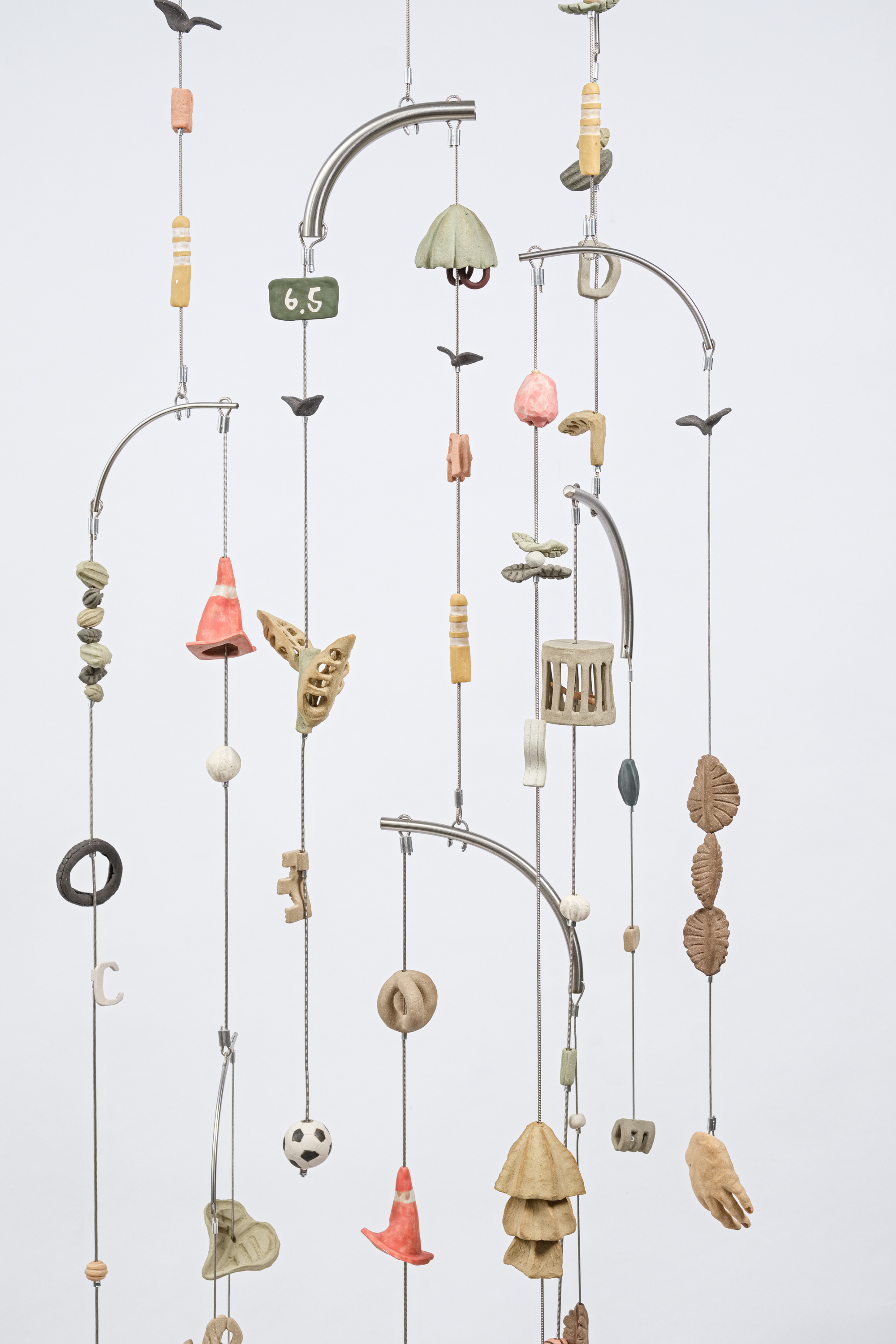
Clay, Color Powder, Underglaze Color, Chain, Stainless Steel
190 x 60 x 40 cm
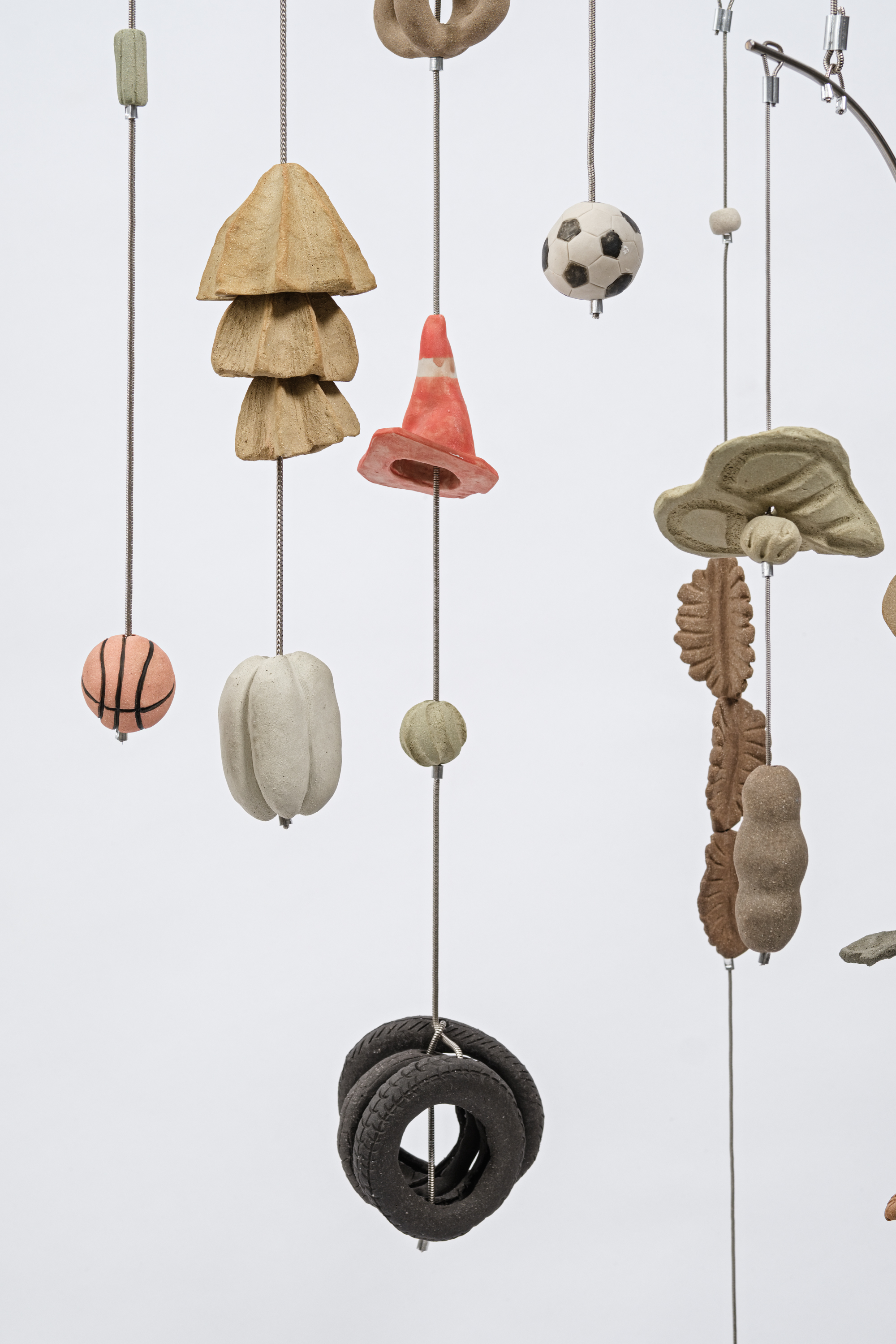
Clay, Color Powder, Underglaze Color, Chain, Stainless Steel
190 x 60 x 40 cm
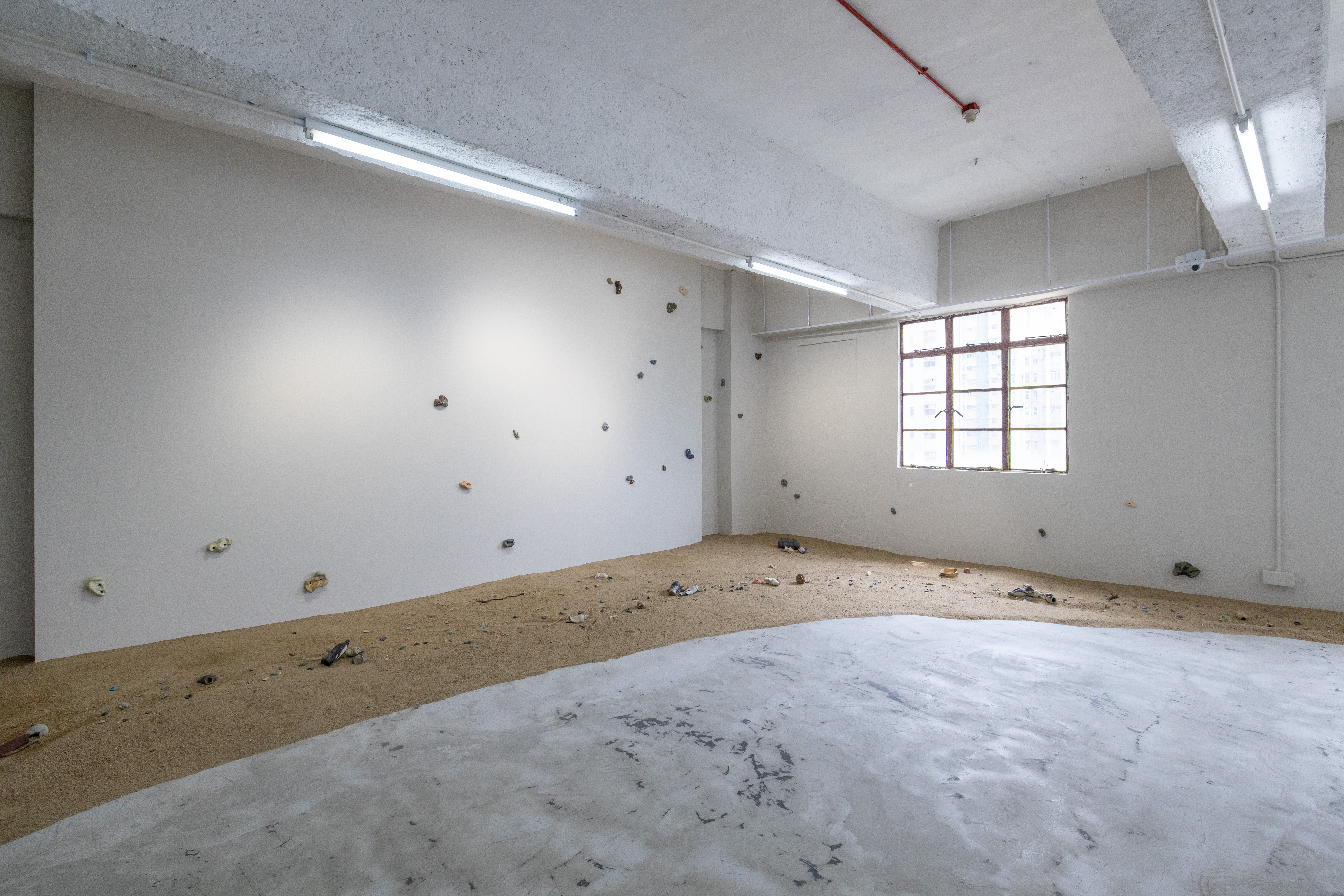
Installation view, ‘Plastonki’ at Kiang Malingue, Tin Wan, 2021

Installation view, ‘Plastonki’ at Kiang Malingue, Tin Wan, 2021
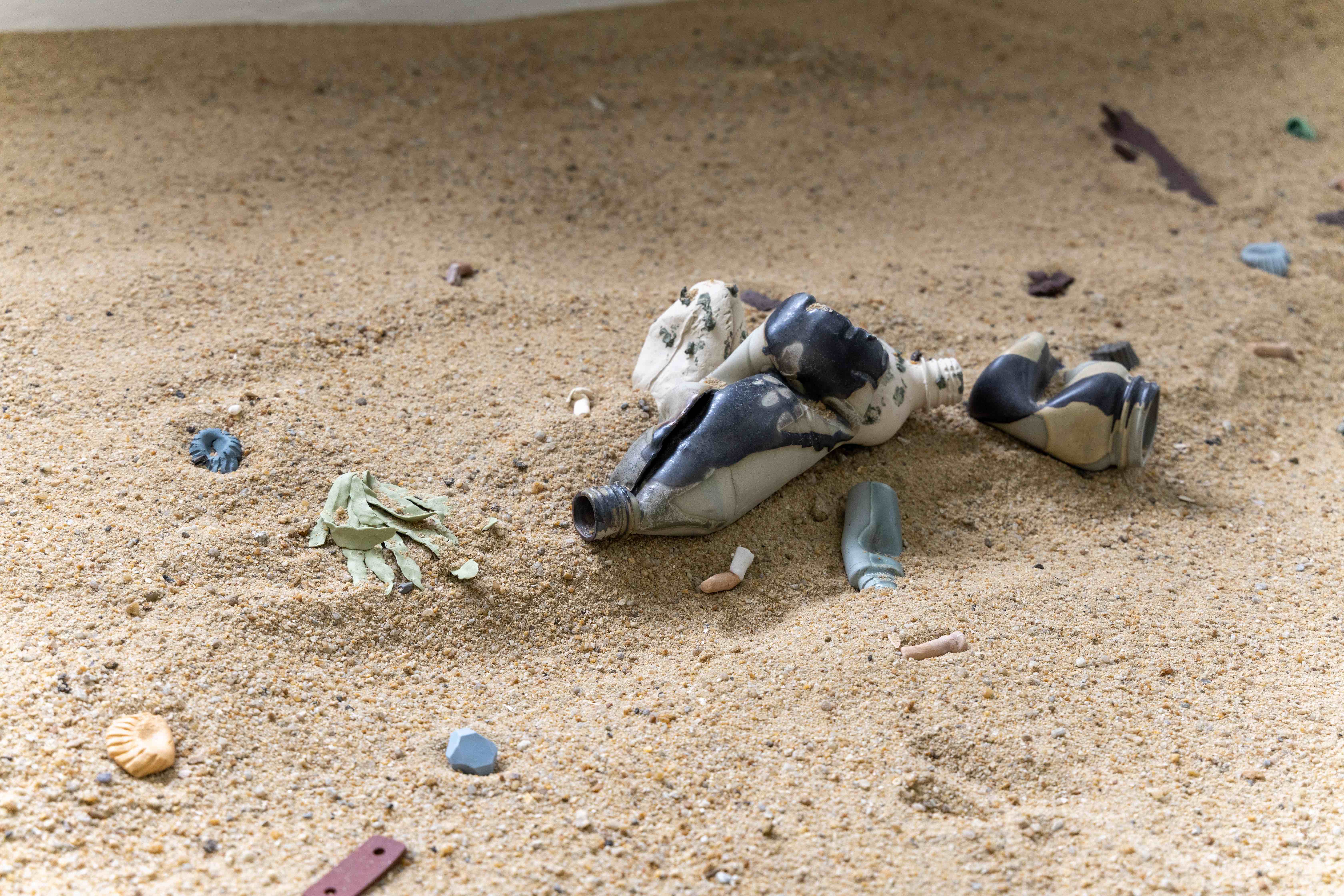
Installation view, ‘Plastonki’ at Kiang Malingue, Tin Wan, 2021
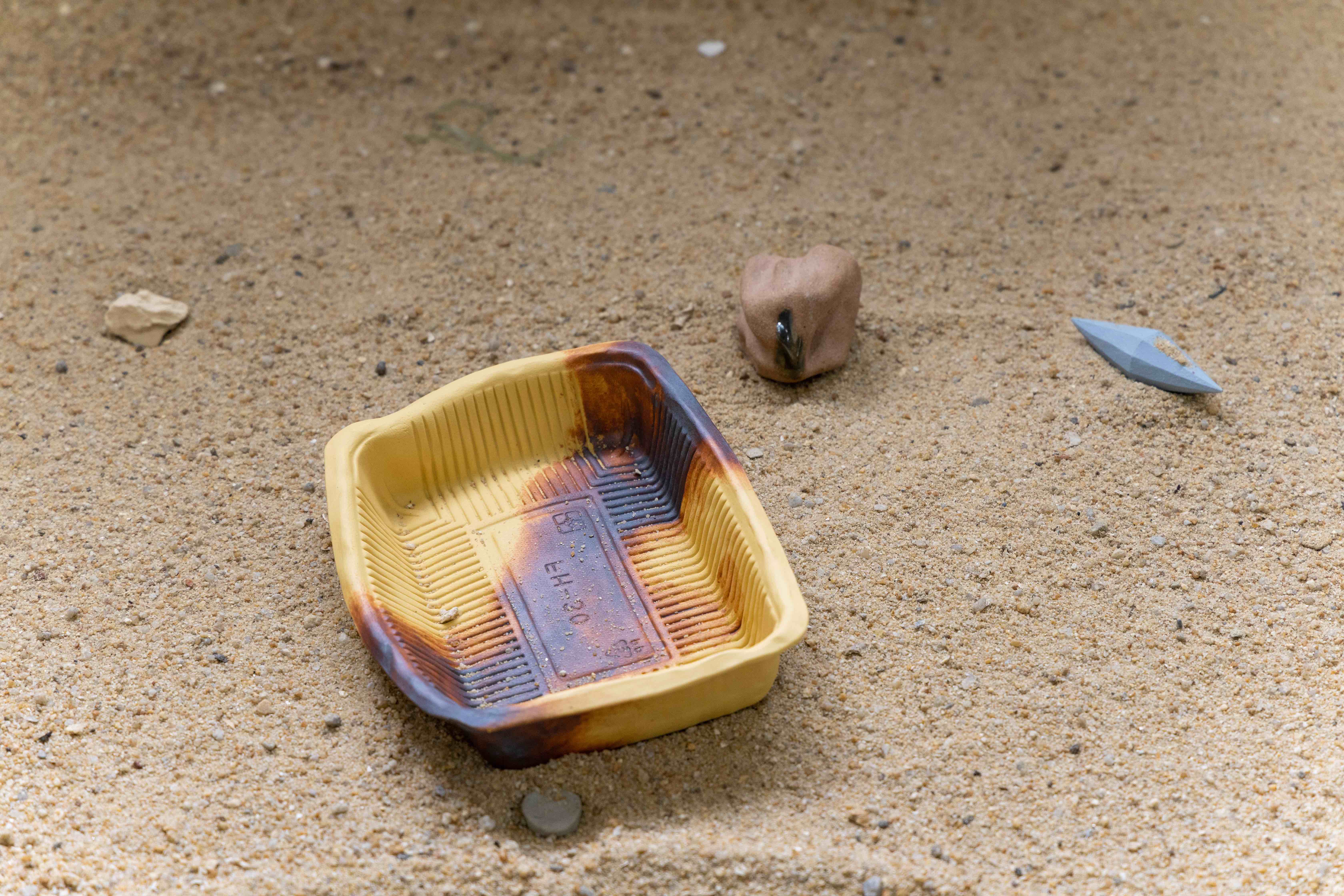
Installation view, ‘Plastonki’ at Kiang Malingue, Tin Wan, 2021
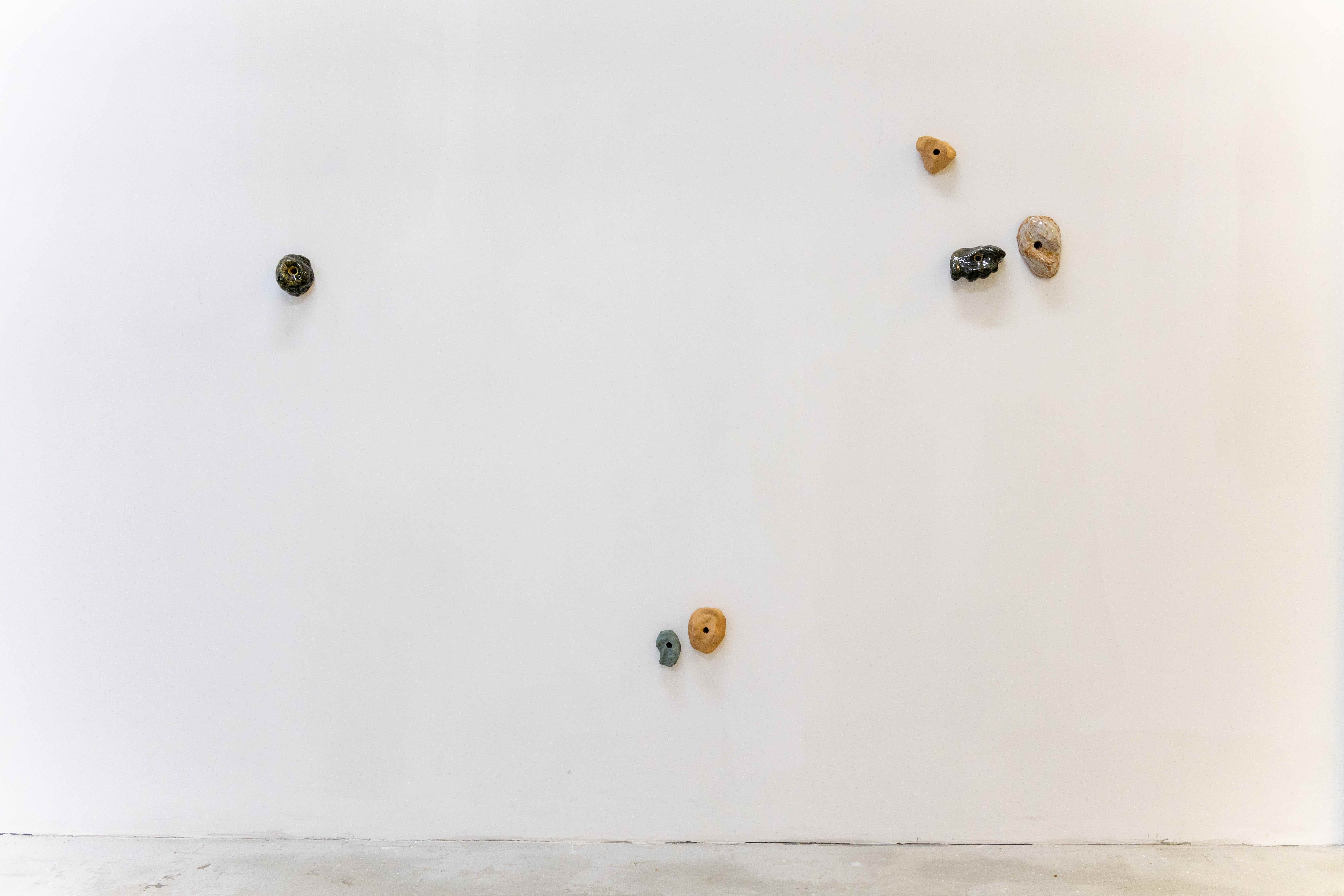
Installation view, ‘Plastonki’ at Kiang Malingue, Tin Wan, 2021

Installation view, ‘Plastonki’ at Kiang Malingue, Tin Wan, 2021
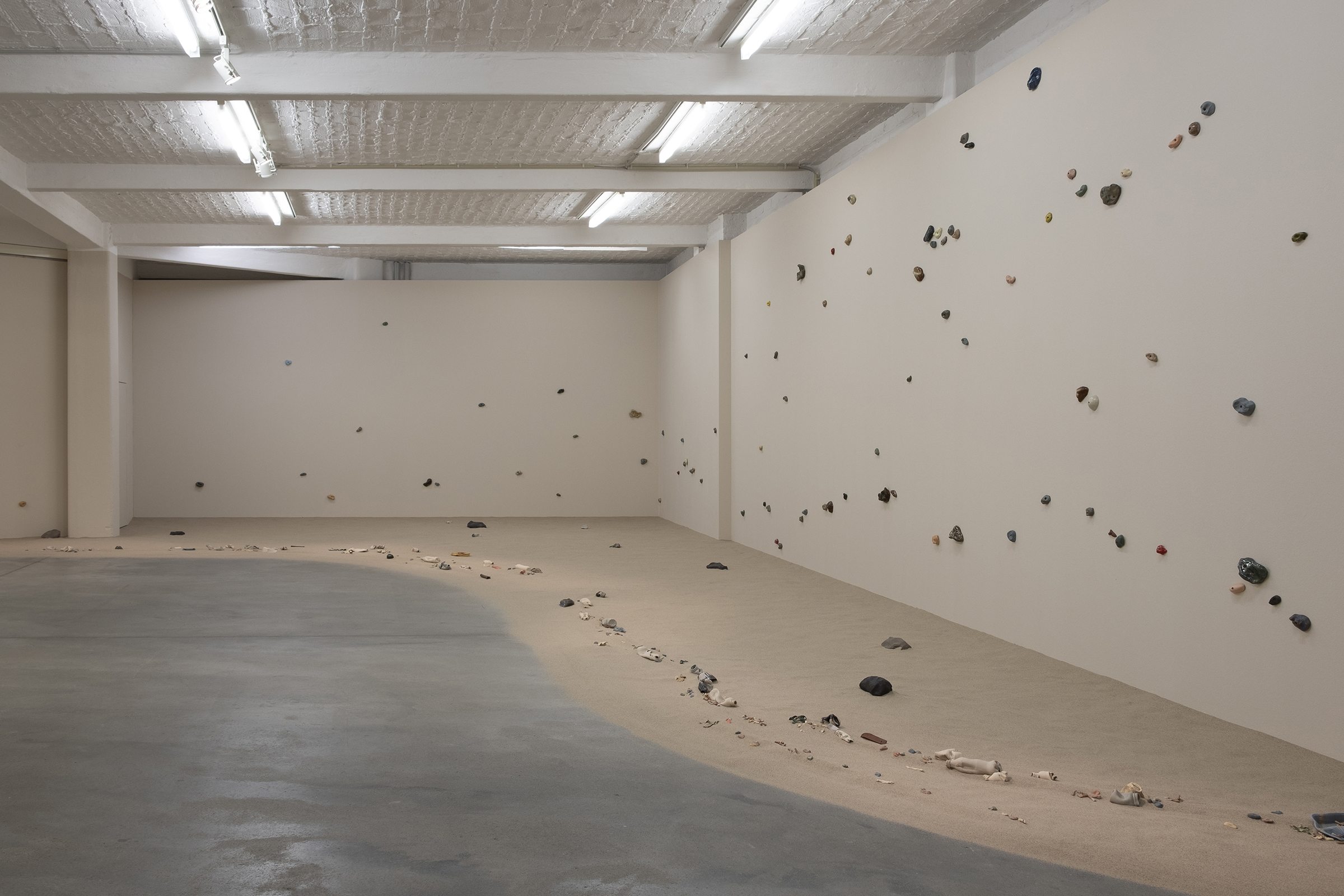
Audio recording (20 min), ceramic, sand
Dimensions variable
Installation view, in the exhibition, ‘Plastonki’, Künstlerhaus Bethanien, Berlin, Germany, 2020
Image courtesy of the artist
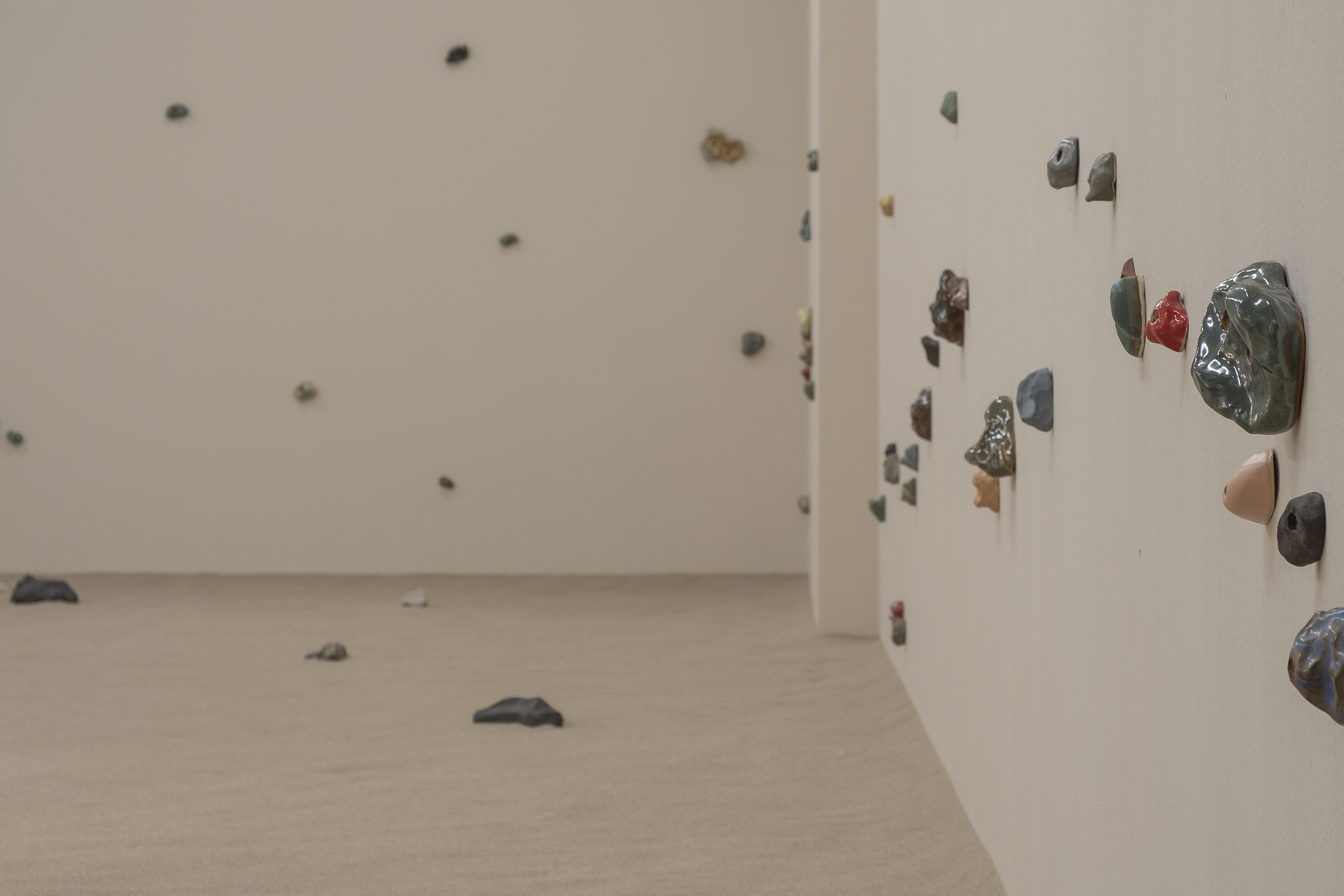
Audio recording (20 min), ceramic, sand
Dimensions variable
Installation view, in the exhibition, ‘Plastonki’, Künstlerhaus Bethanien, Berlin, Germany, 2020
Image courtesy of the artist

Audio recording (20 min), ceramic, sand
Dimensions variable
Installation view, in the exhibition, ‘Plastonki’, Künstlerhaus Bethanien, Berlin, Germany, 2020
Image courtesy of the artist
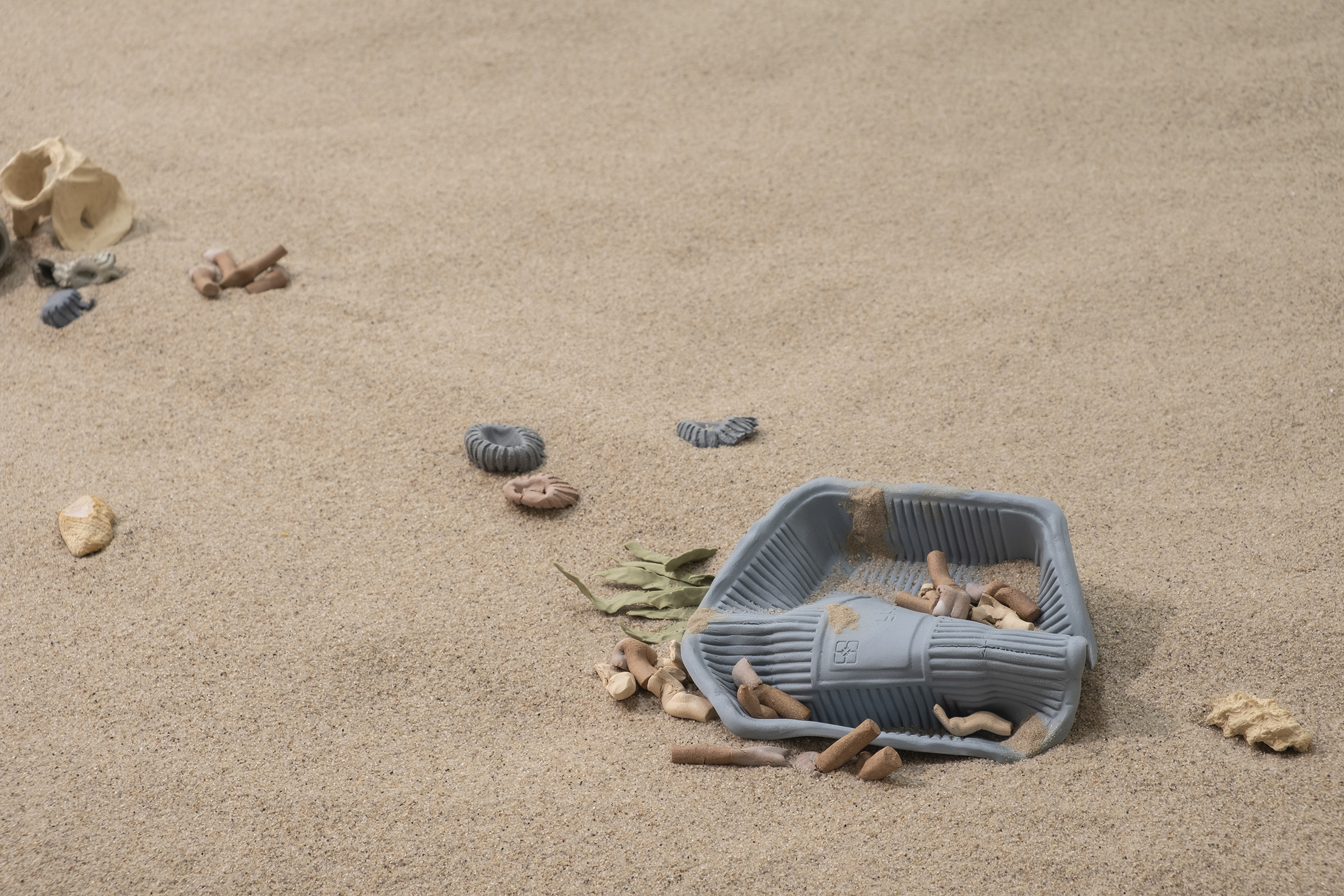
Audio recording (20 min), ceramic, sand
Dimensions variable
Installation view, in the exhibition, ‘Plastonki’, Künstlerhaus Bethanien, Berlin, Germany, 2020
Image courtesy of the artist

Audio recording (20 min), ceramic, sand
Dimensions variable
Installation view, in the exhibition, ‘Plastonki’, Künstlerhaus Bethanien, Berlin, Germany, 2020
Image courtesy of the artist
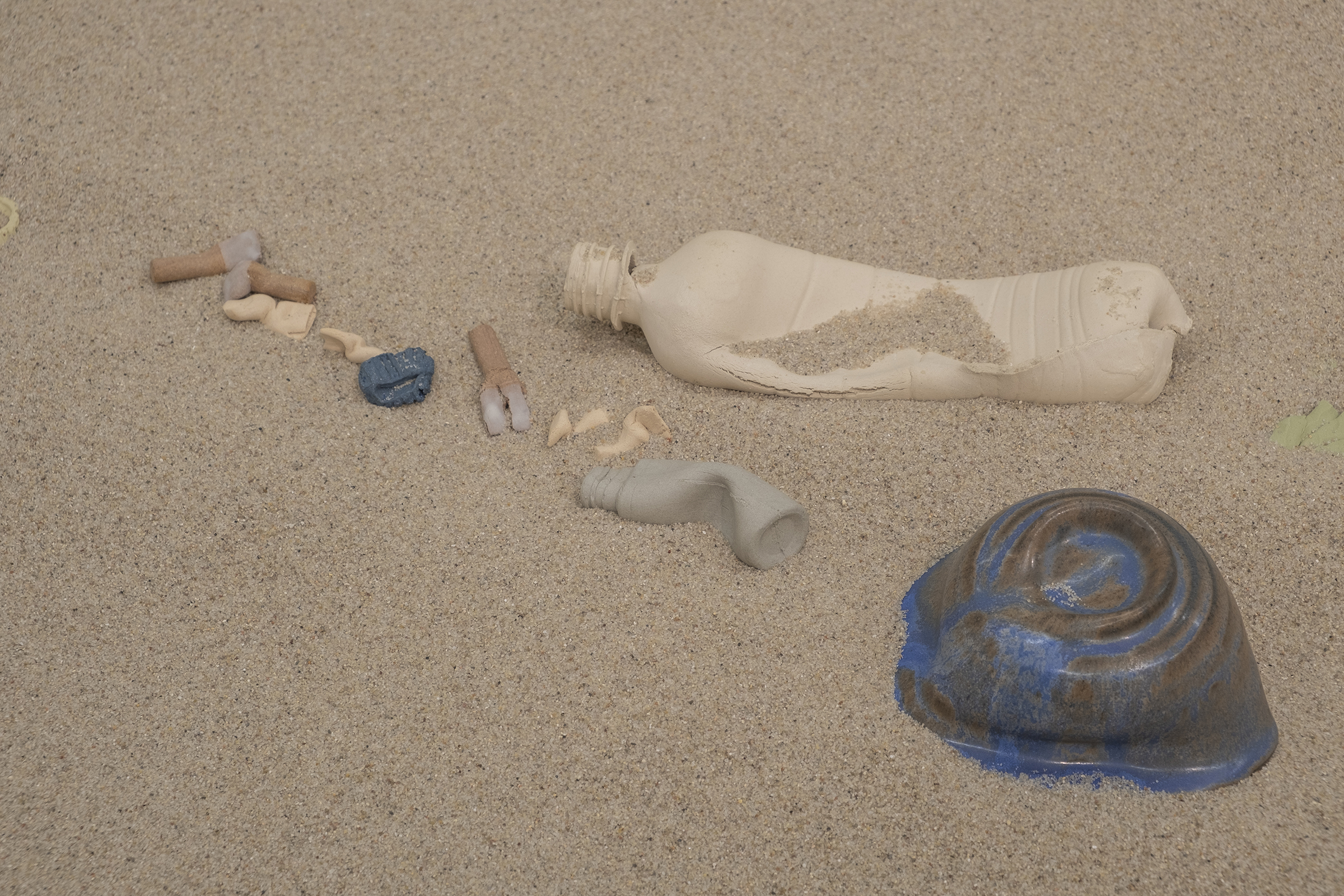
Audio recording (20 min), ceramic, sand
Dimensions variable
Installation view, in the exhibition, ‘Plastonki’, Künstlerhaus Bethanien, Berlin, Germany, 2020
Image courtesy of the artist
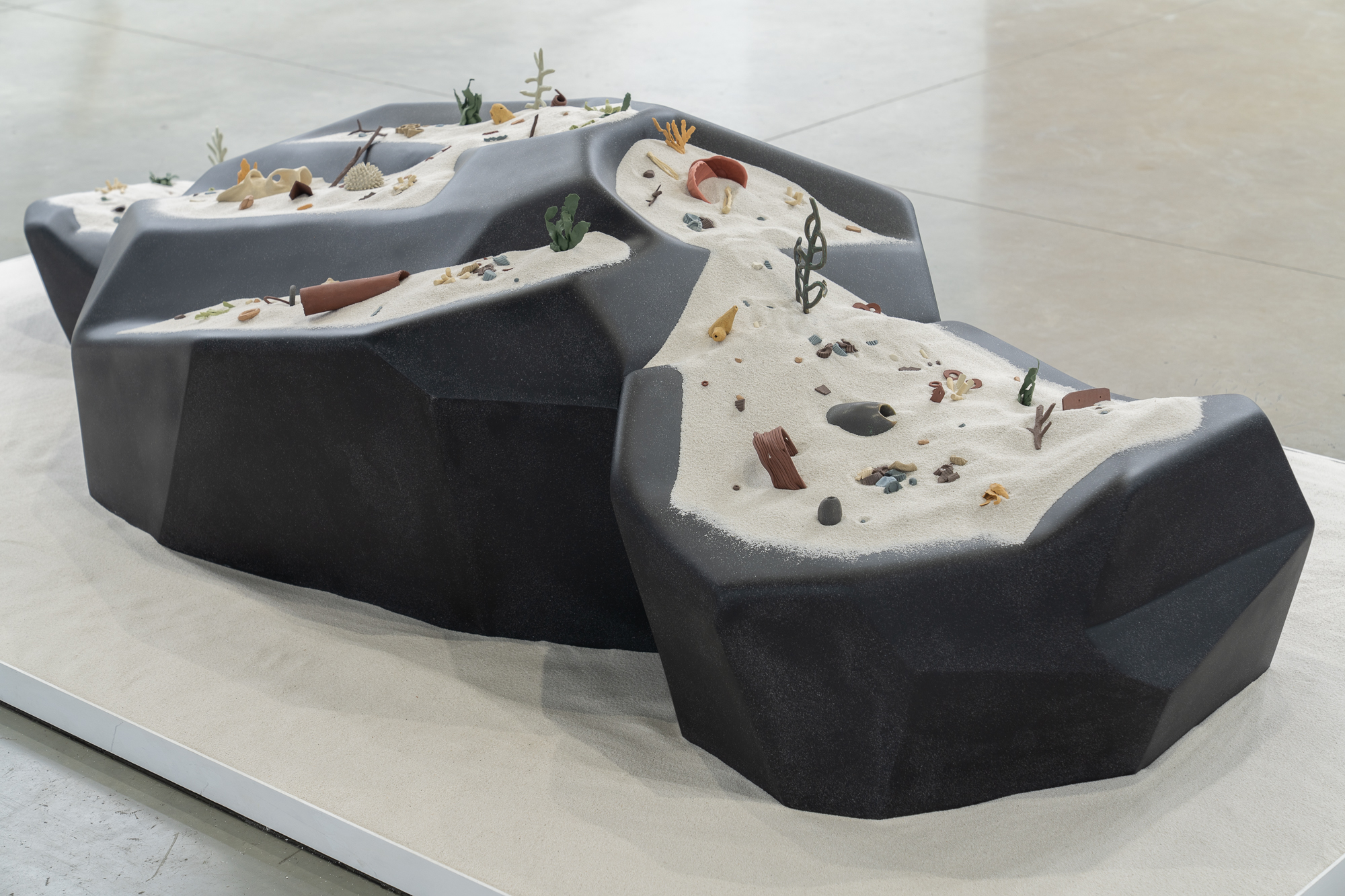
Artificial Stone, Sand, Pottery
Large: 160 x 100 x 65 cm
Middle: 90 x 70 x 50 cm
Small: 85 x 70 x 25 cm
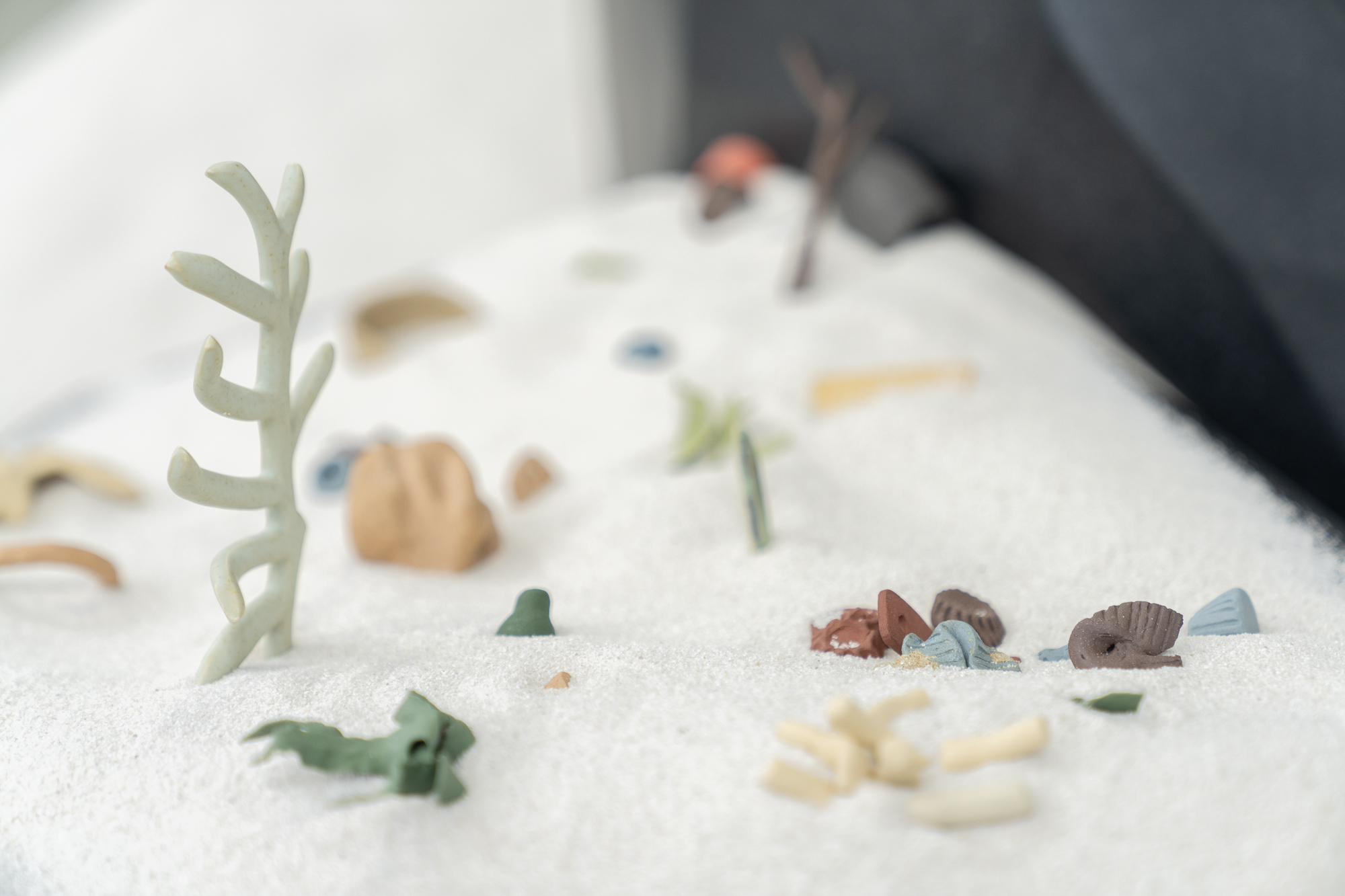
Artificial Stone, Sand, Pottery
Large: 160 x 100 x 65 cm
Middle: 90 x 70 x 50 cm
Small: 85 x 70 x 25 cm
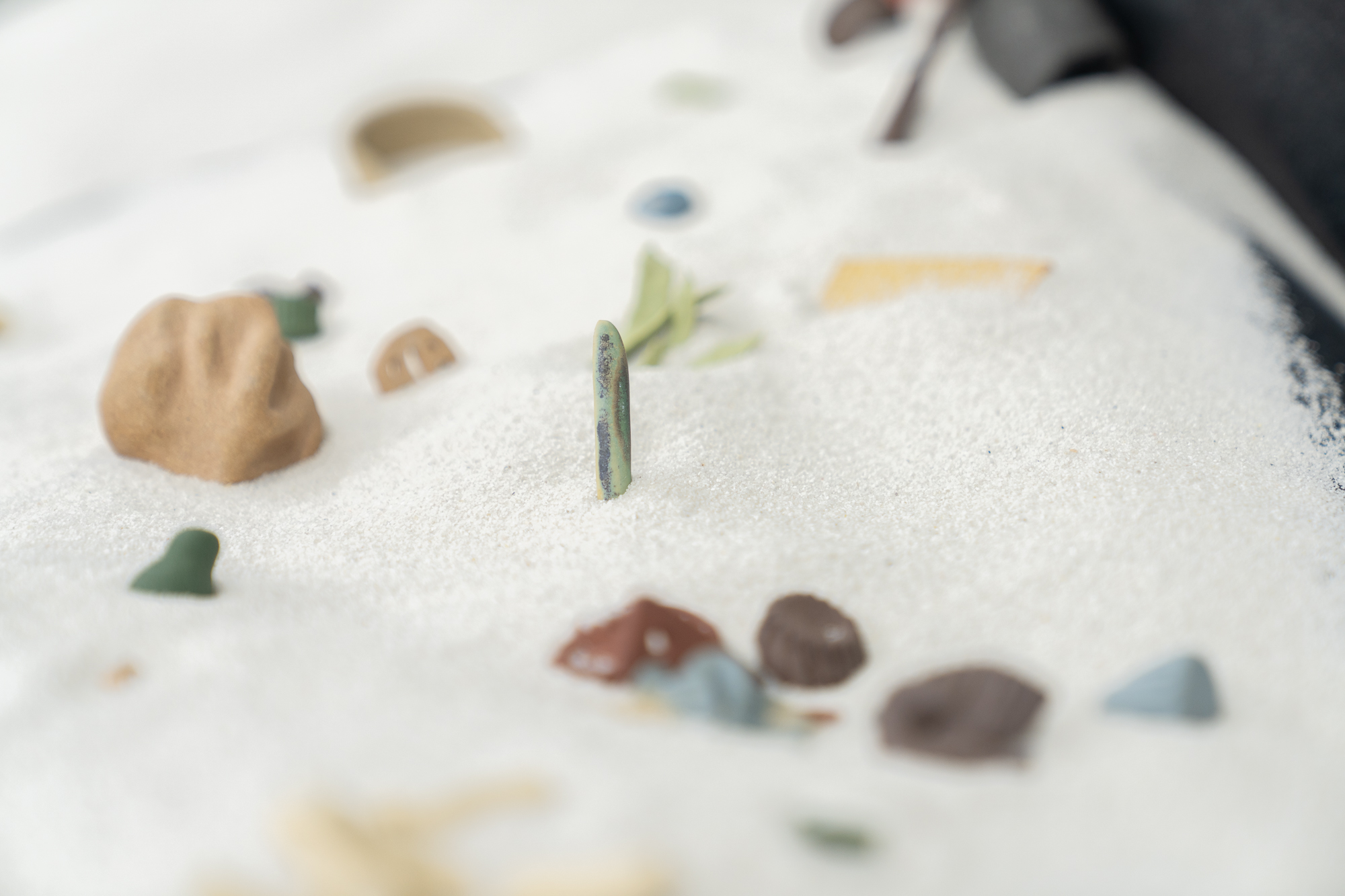
Artificial Stone, Sand, Pottery
Large: 160 x 100 x 65 cm
Middle: 90 x 70 x 50 cm
Small: 85 x 70 x 25 cm
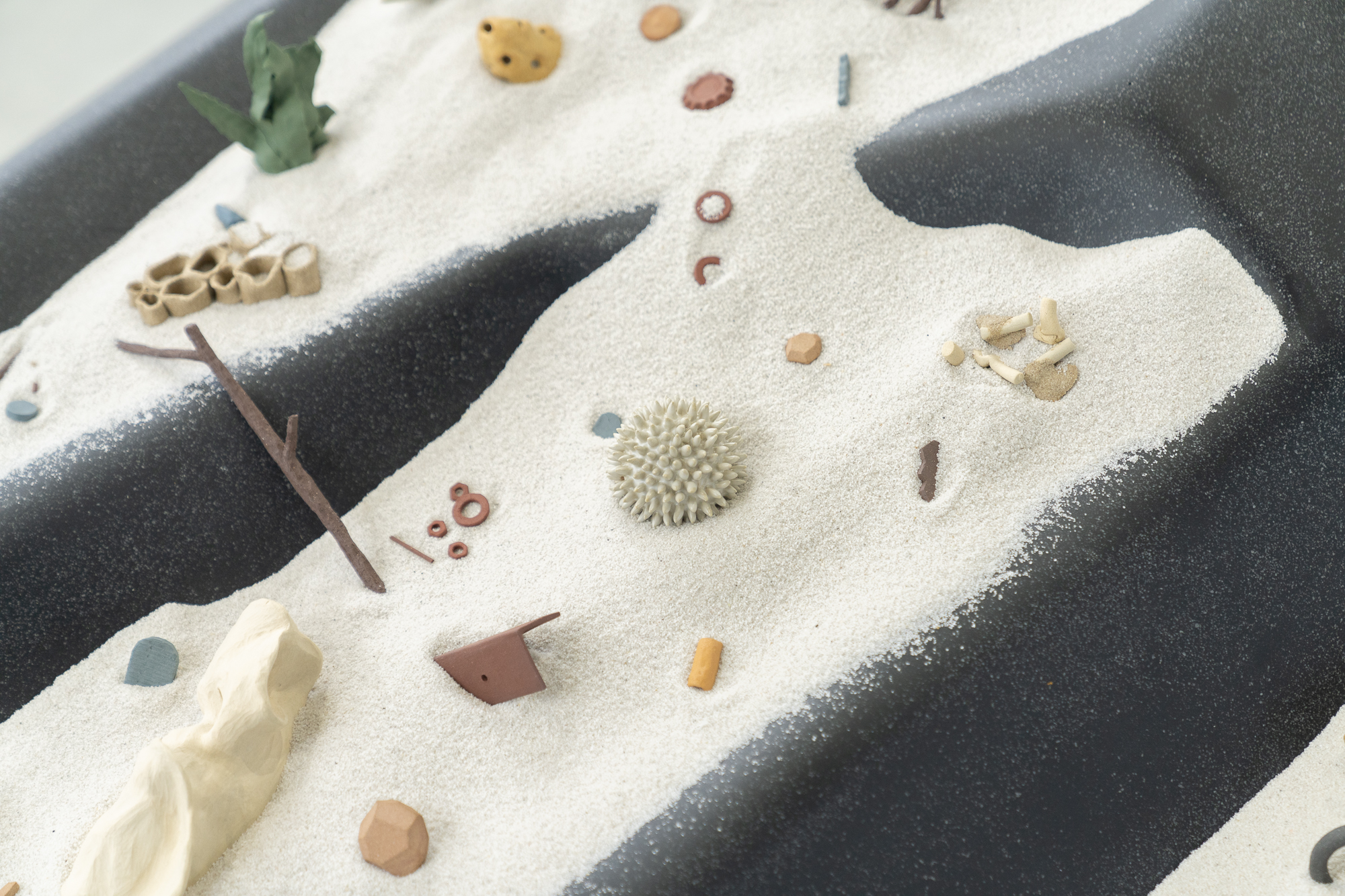
Artificial Stone, Sand, Pottery
Large: 160 x 100 x 65 cm
Middle: 90 x 70 x 50 cm
Small: 85 x 70 x 25 cm
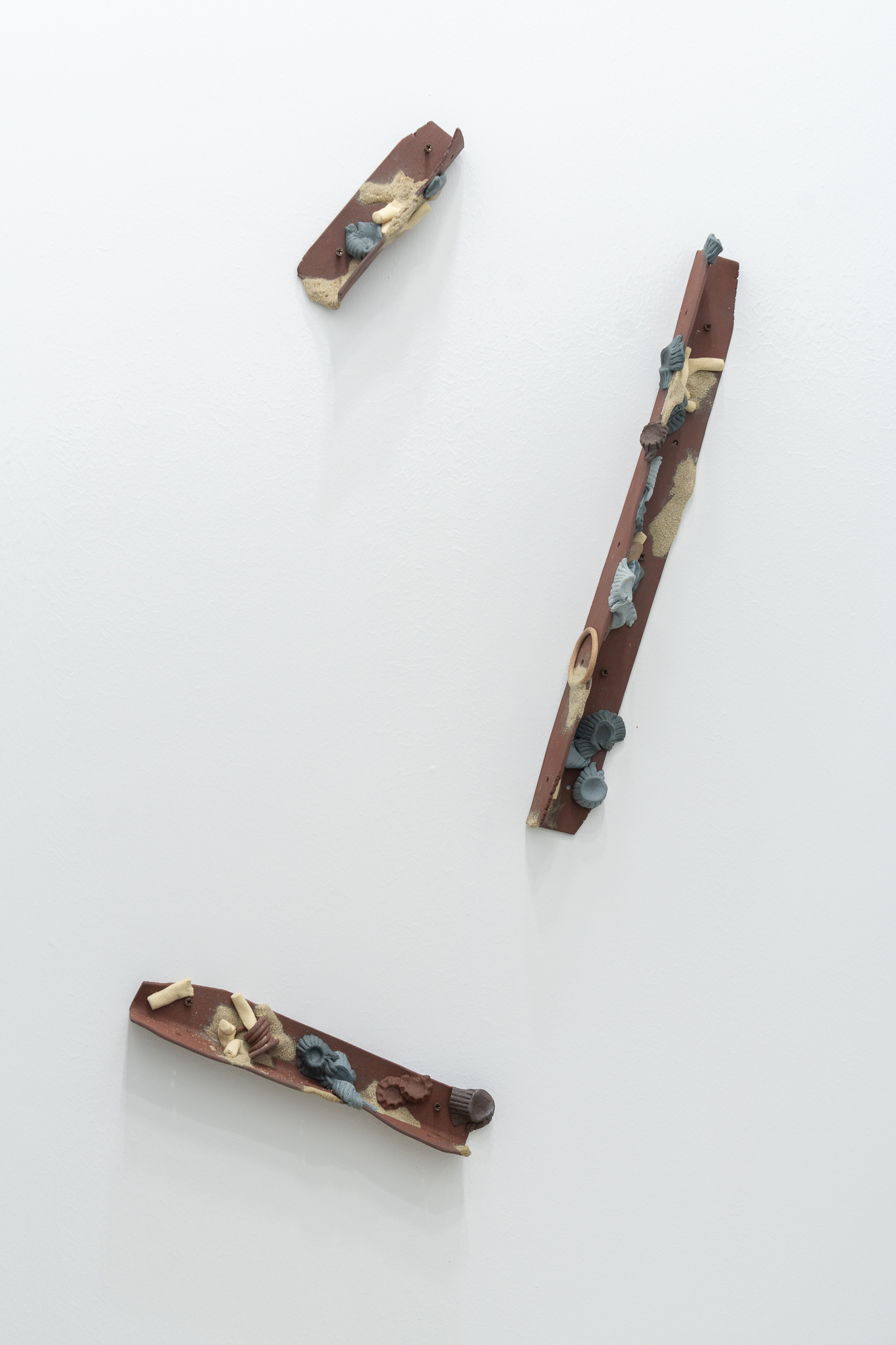
Pottery
Dimensions variable
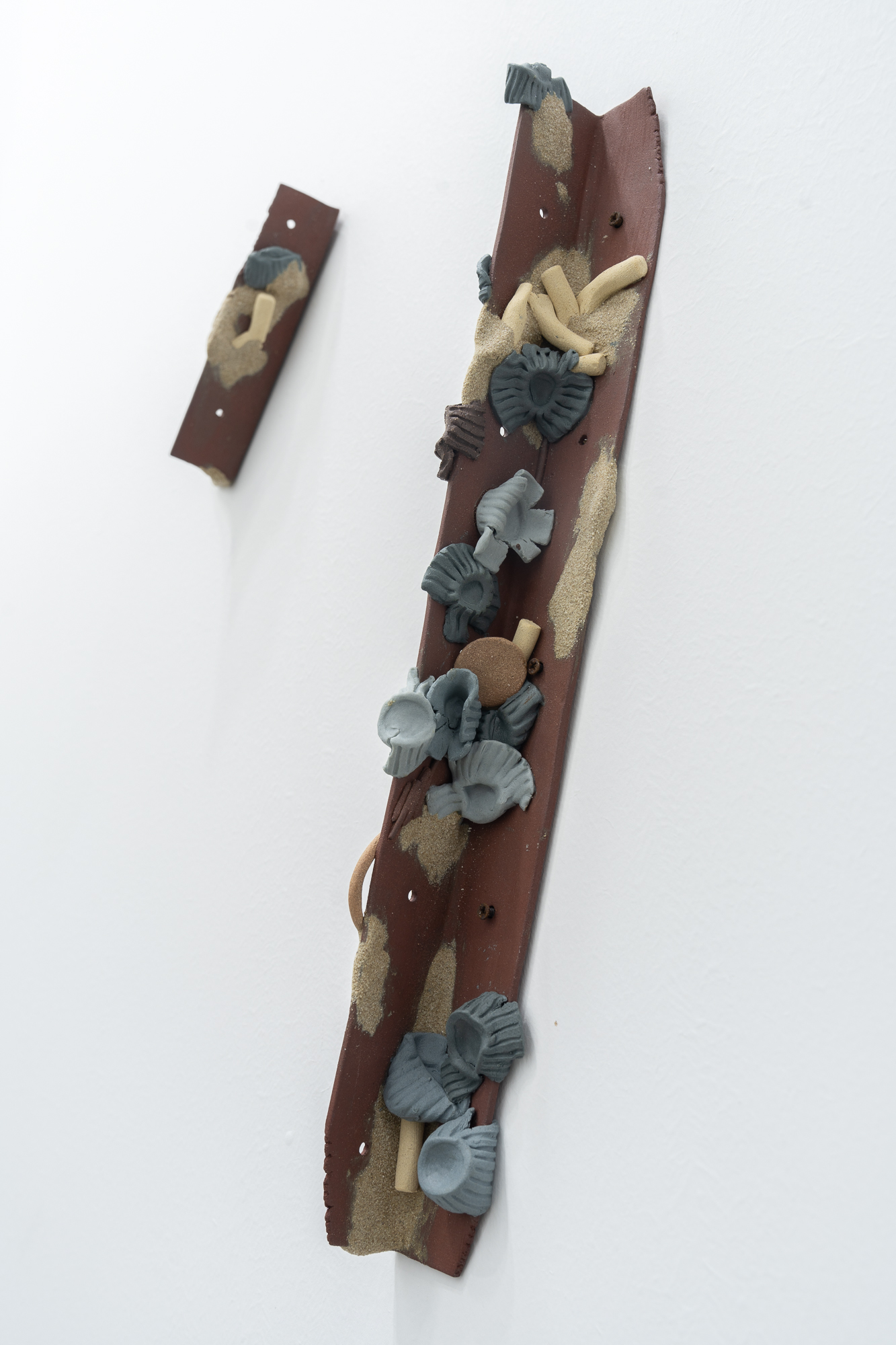
Pottery
Dimensions variable
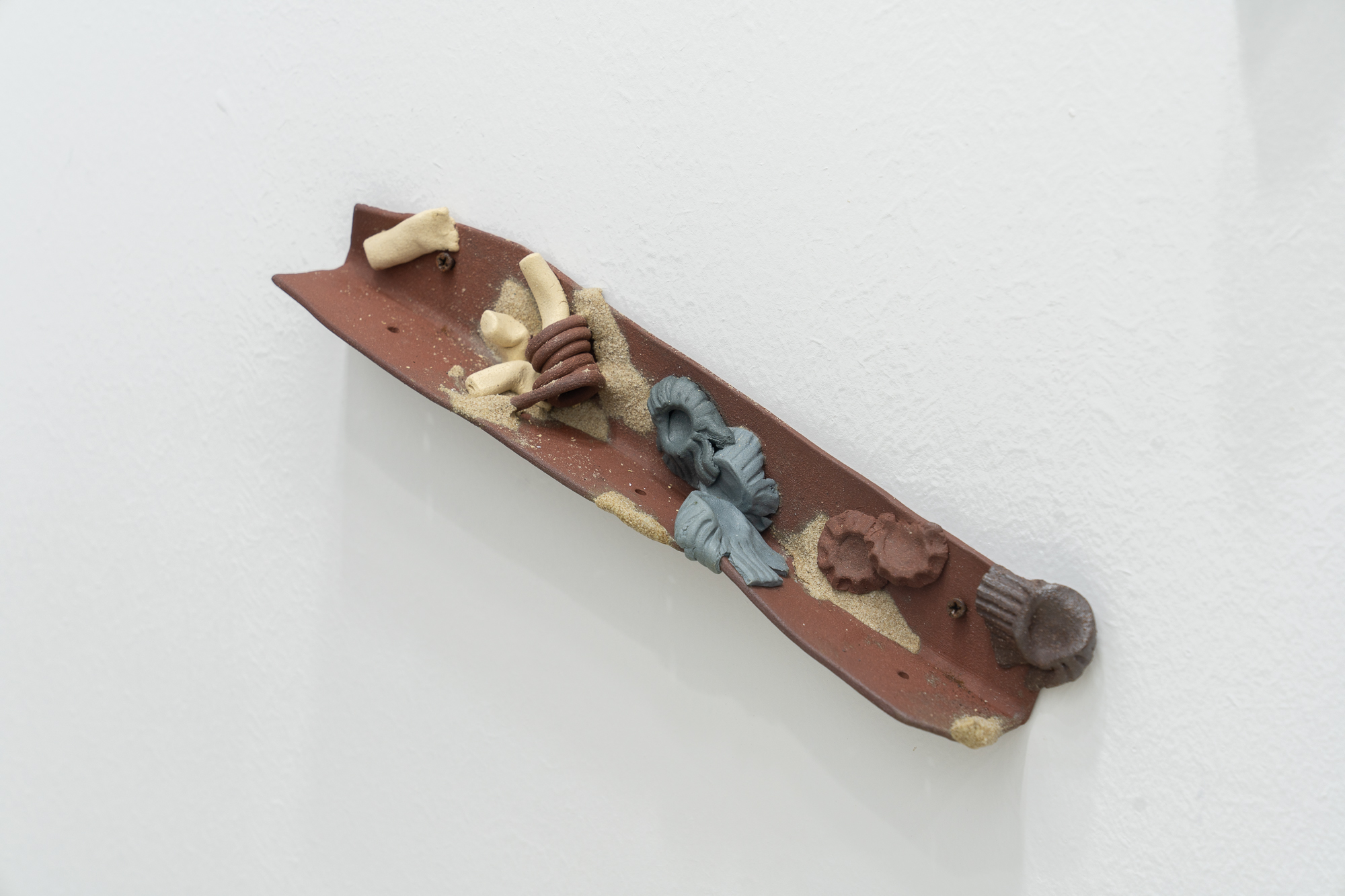
Pottery
Dimensions variable
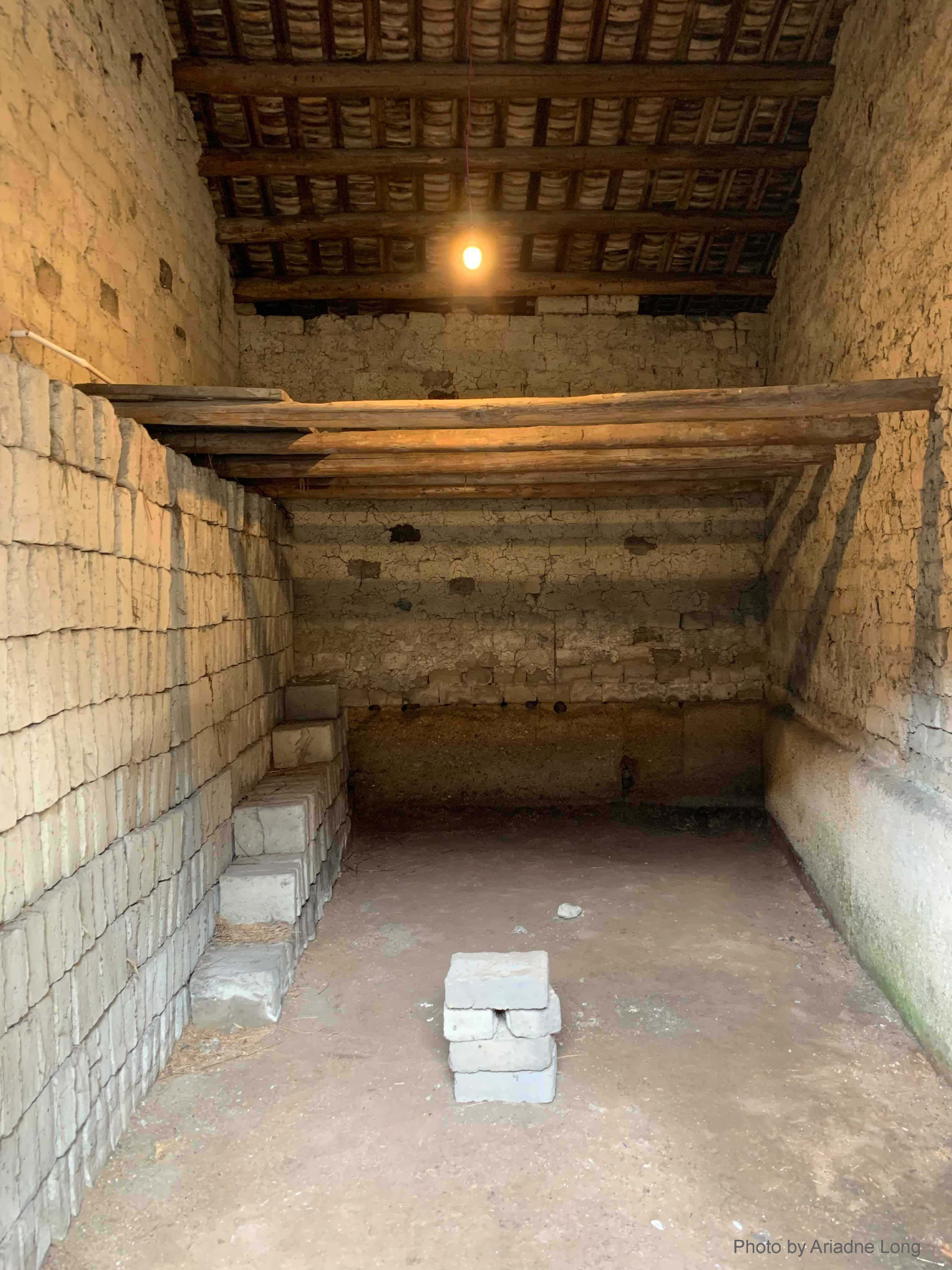
Stereo, story telling 10 mins, variable dimensions
Installation view in the exhibition, ‘Extreme Mix’, Guangzhou Airport Biennale, Guangzhou, China
Image courtesy of the artist
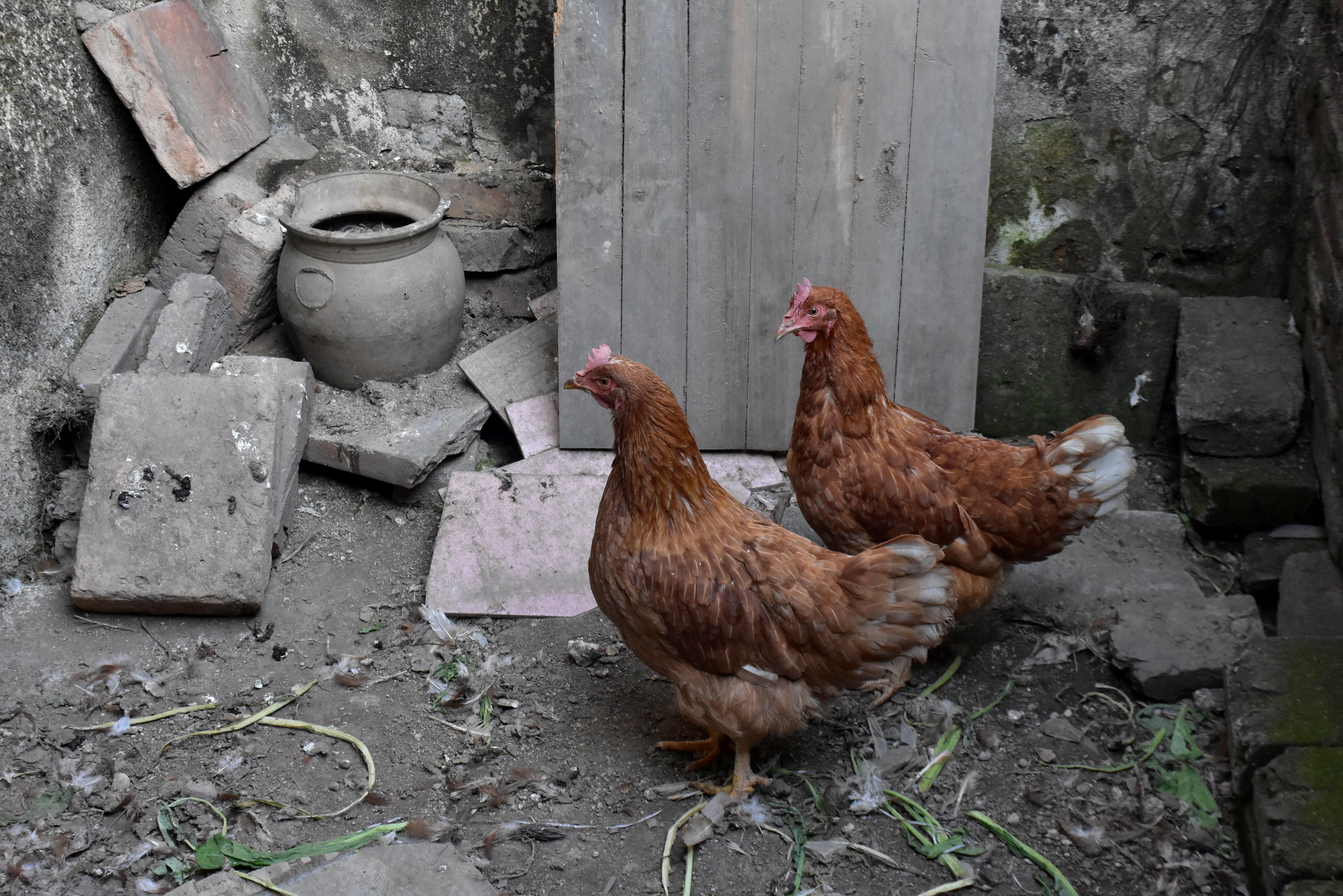
Stereo, story telling 10 mins, variable dimensions
Installation view in the exhibition, ‘Extreme Mix’, Guangzhou Airport Biennale, Guangzhou, China
Image courtesy of the artist
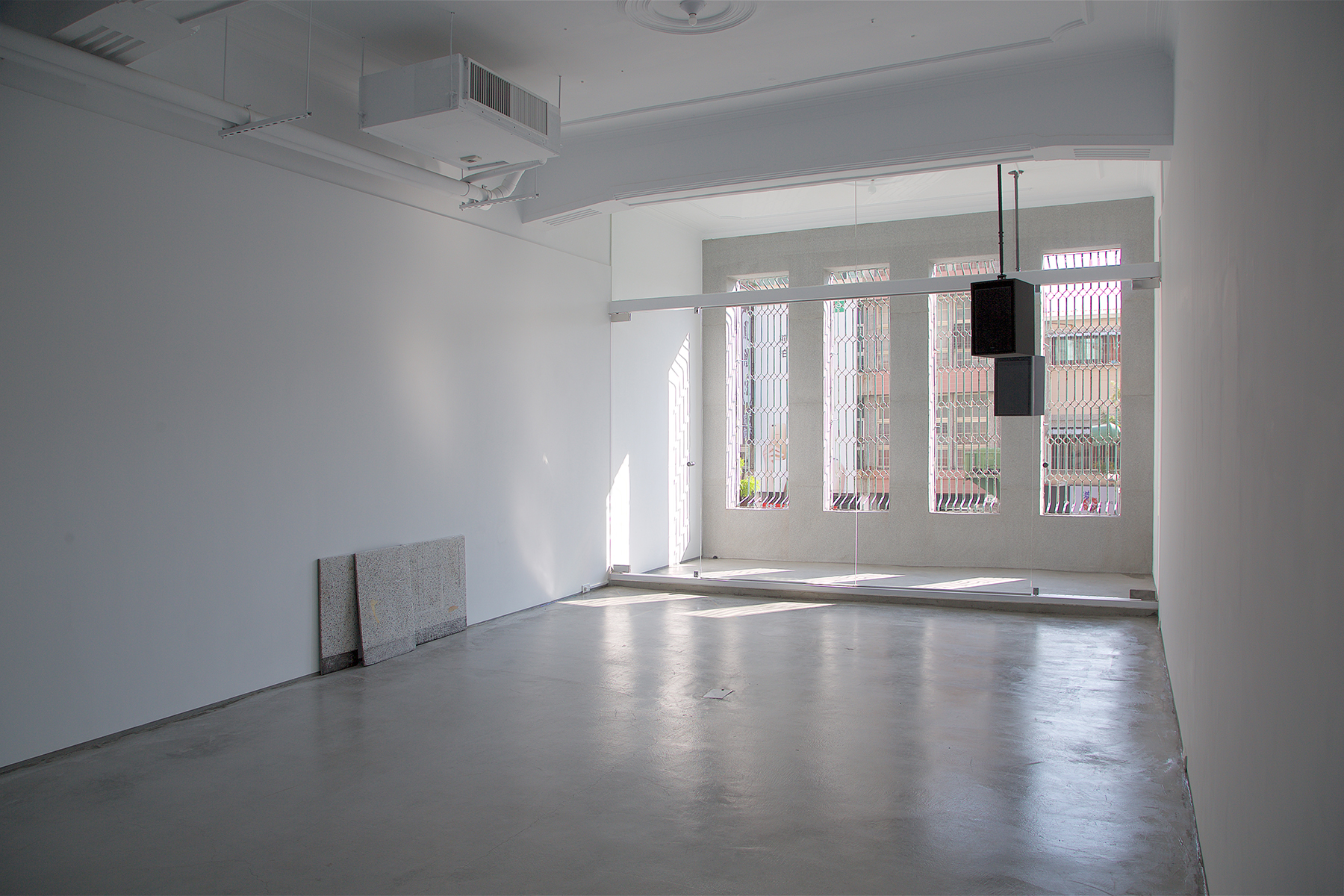
Stereo, story telling 40 mins, Terrazzo, variable dimensions
Installation view, in the exhibition, ‘Limited by Words’, Crane Gallery, Kaohsiung, Taiwan, 2018
Image courtesy of the artist
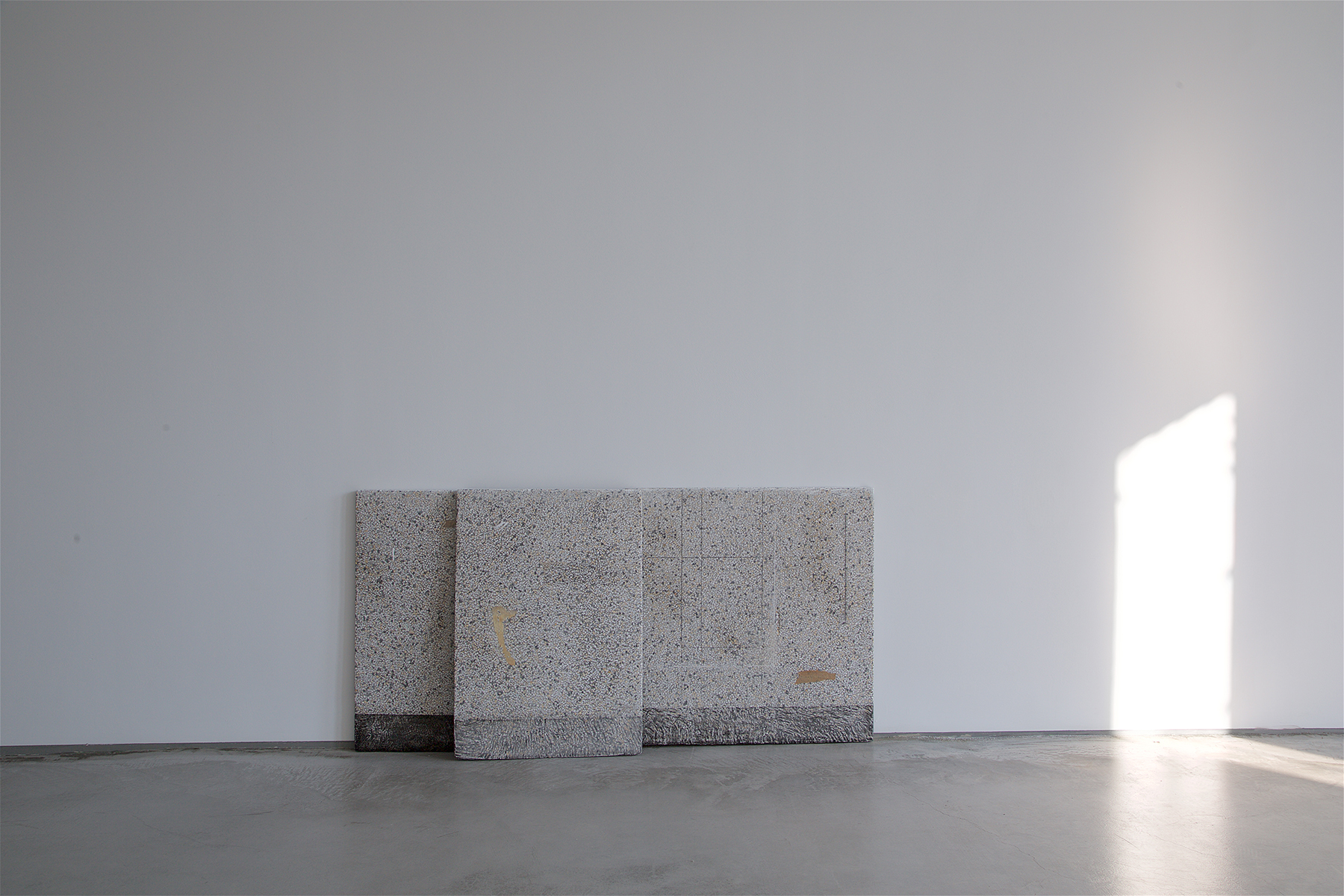
Stereo, story telling 40 mins, Terrazzo, variable dimensions
Installation view, in the exhibition, ‘Limited by Words’, Crane Gallery, Kaohsiung, Taiwan, 2018
Image courtesy of the artist
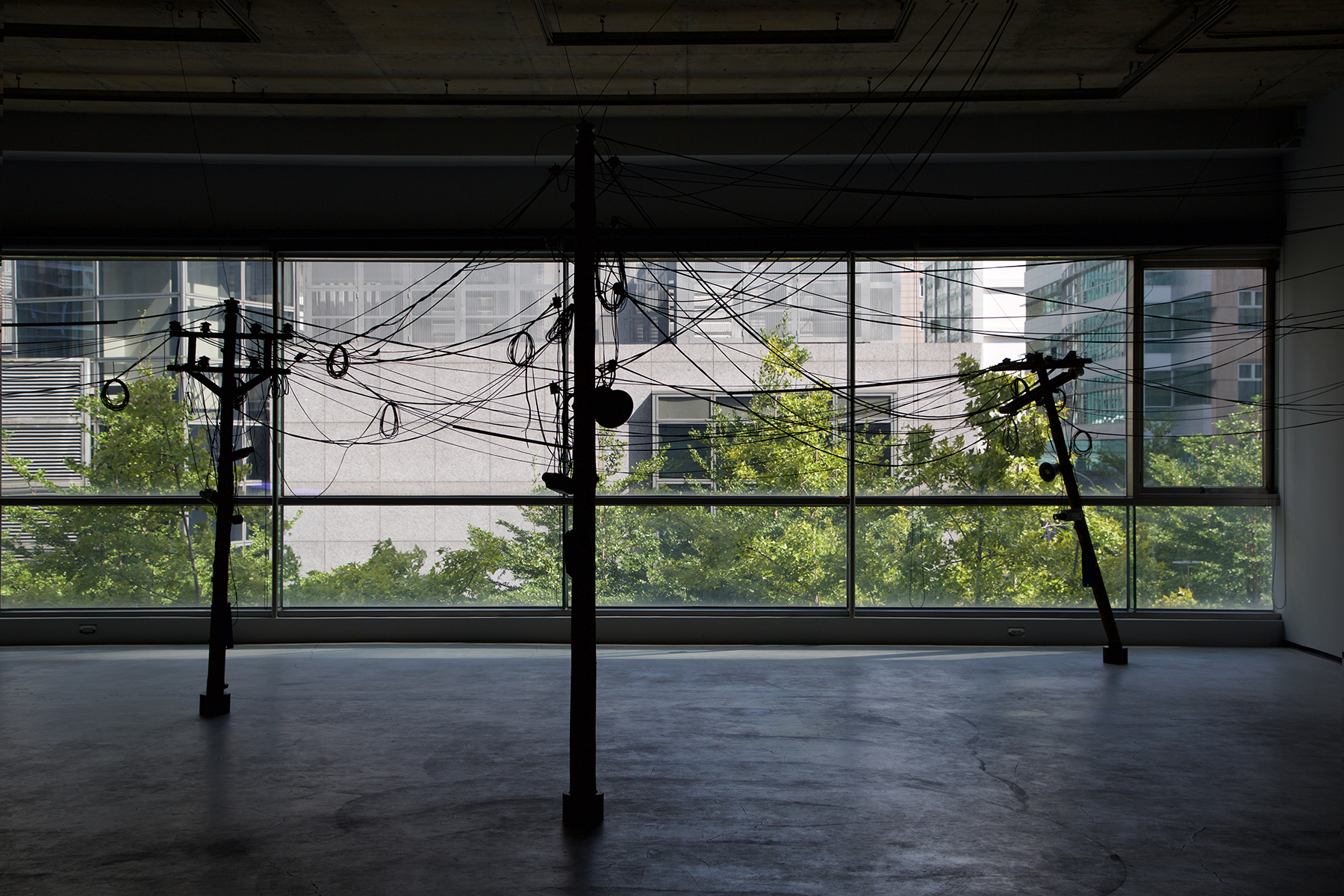
Wood, rubber, metal, ready-made, variable dimensions
Installation view, in the exhibition, ‘Reality | Undercurrent’, TKG+ Projects, Taipei, Taiwan
Image courtesy of the artist
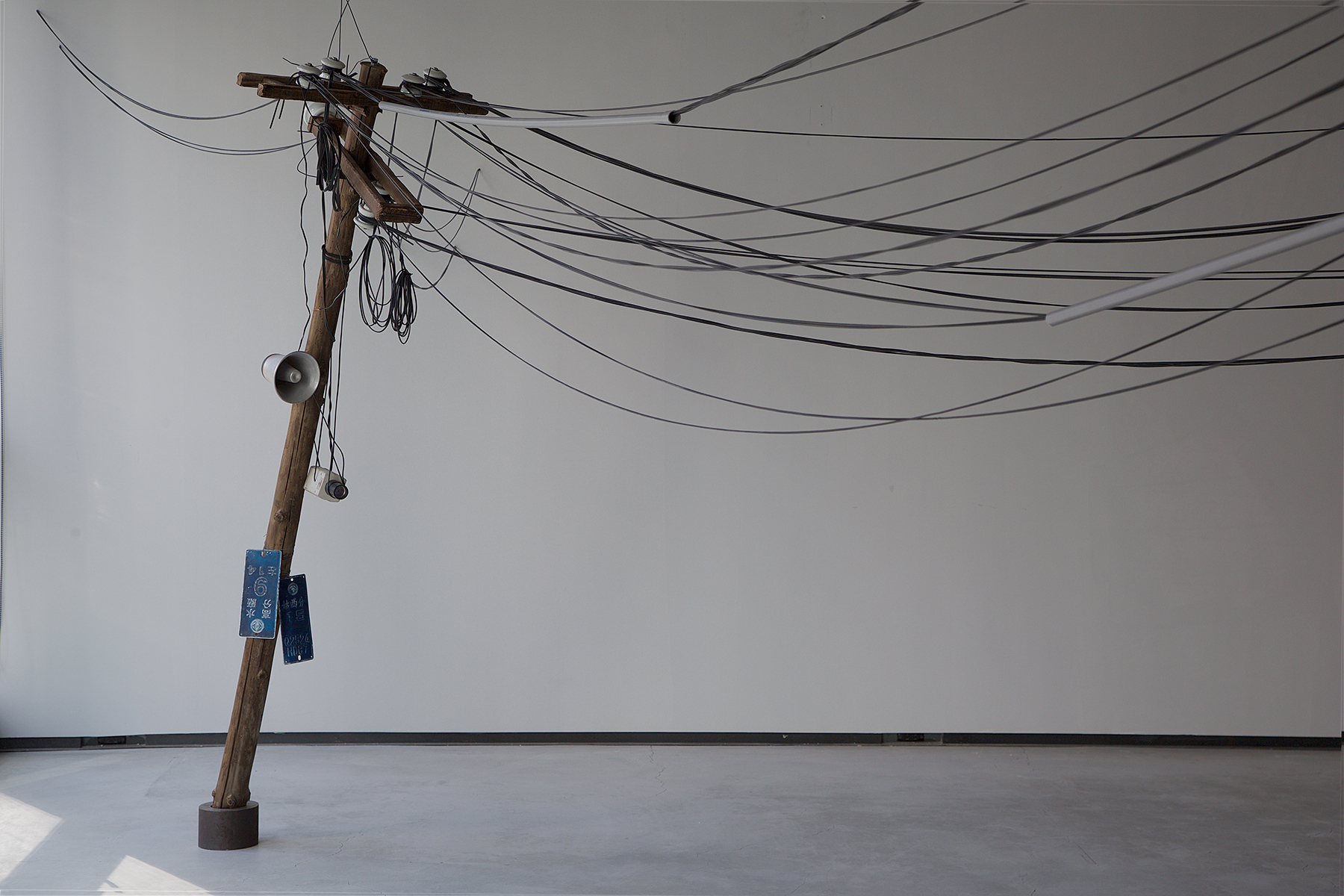
Wood, rubber, metal, ready-made, variable dimensions
Installation view, in the exhibition, ‘Reality | Undercurrent’, TKG+ Projects, Taipei, Taiwan
Image courtesy of the artist
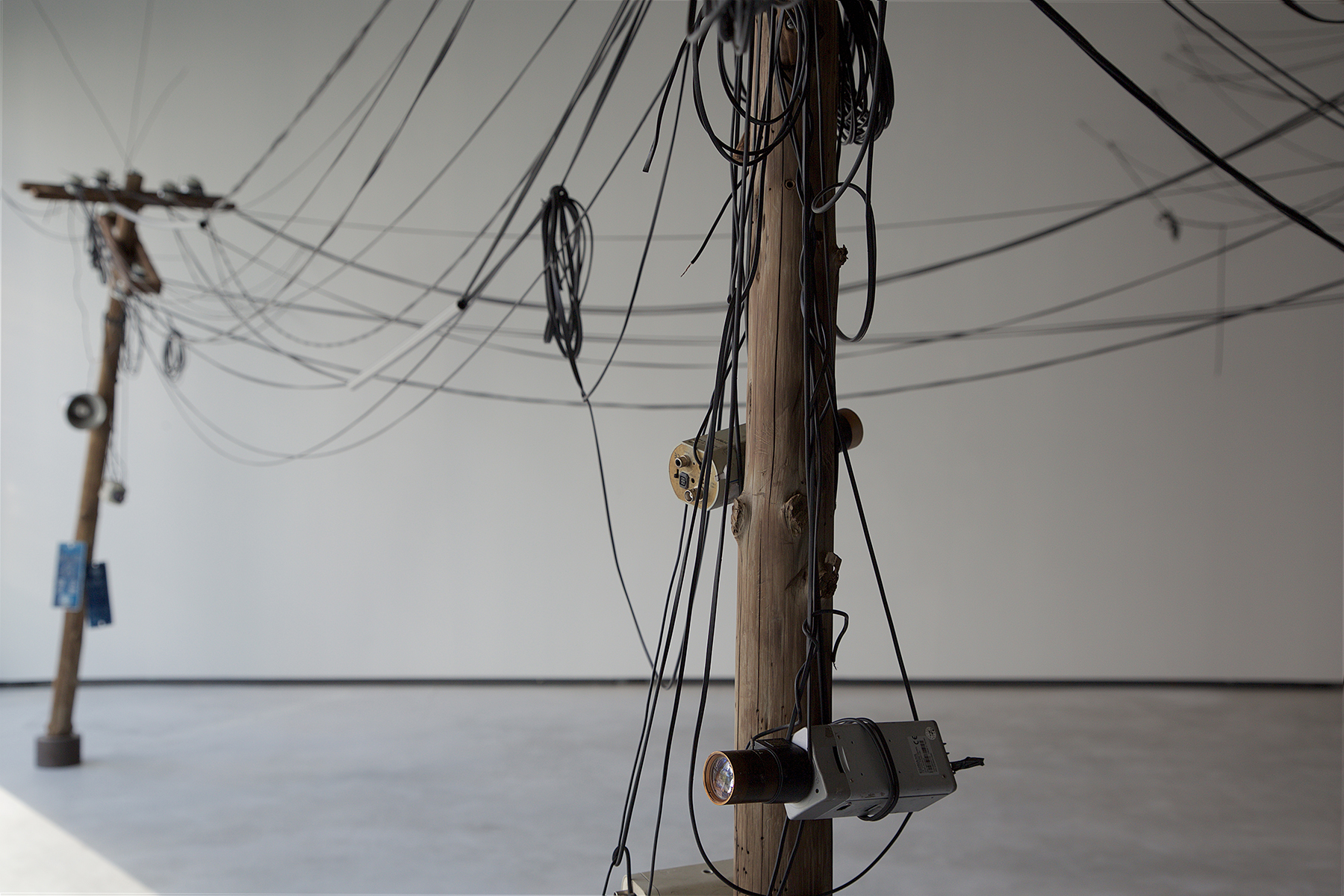
Wood, rubber, metal, ready-made, variable dimensions
Installation view, in the exhibition, ‘Reality | Undercurrent’, TKG+ Projects, Taipei, Taiwan
Image courtesy of the artist
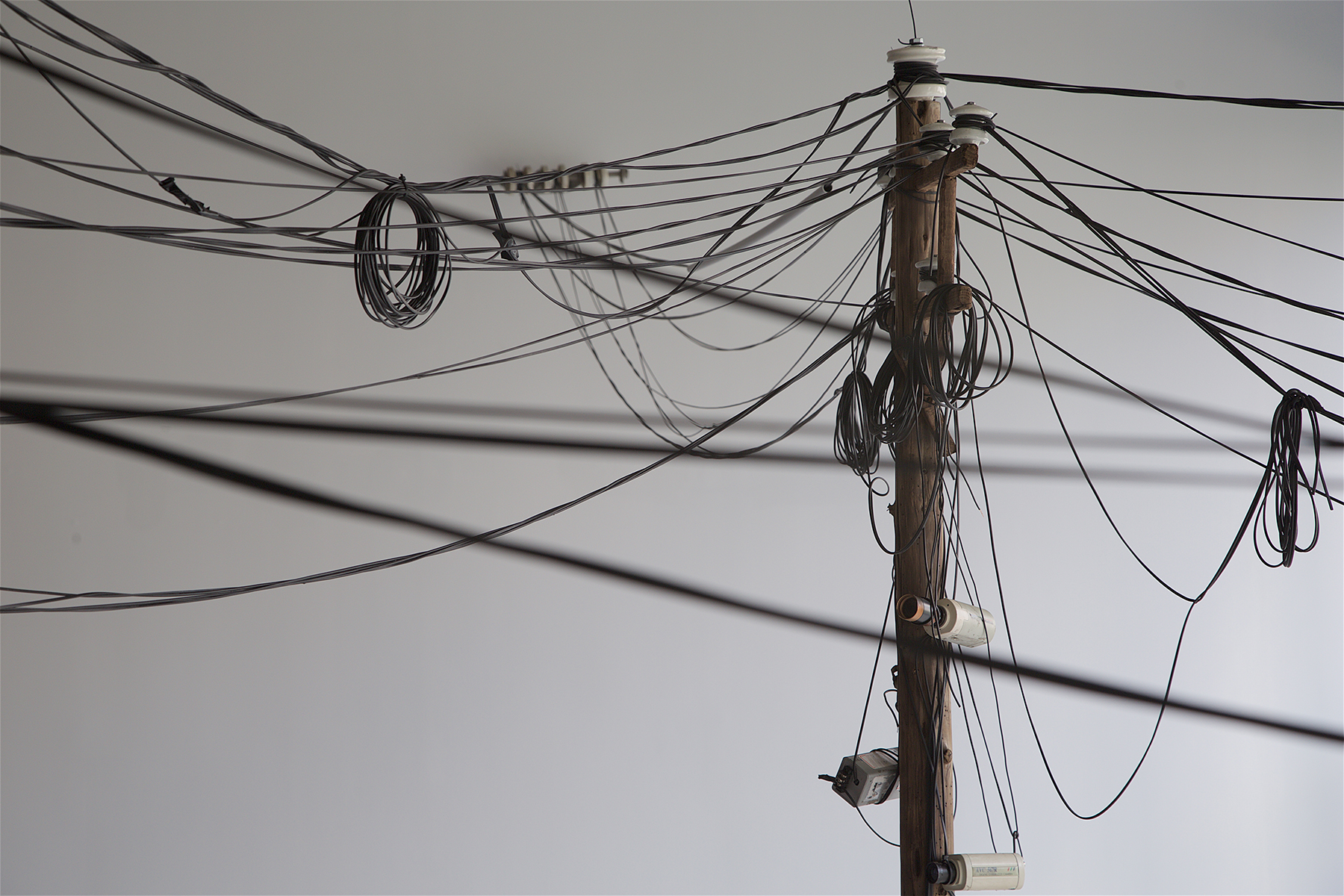
Wood, rubber, metal, ready-made, variable dimensions
Installation view, in the exhibition, ‘Reality | Undercurrent’, TKG+ Projects, Taipei, Taiwan
Image courtesy of the artist
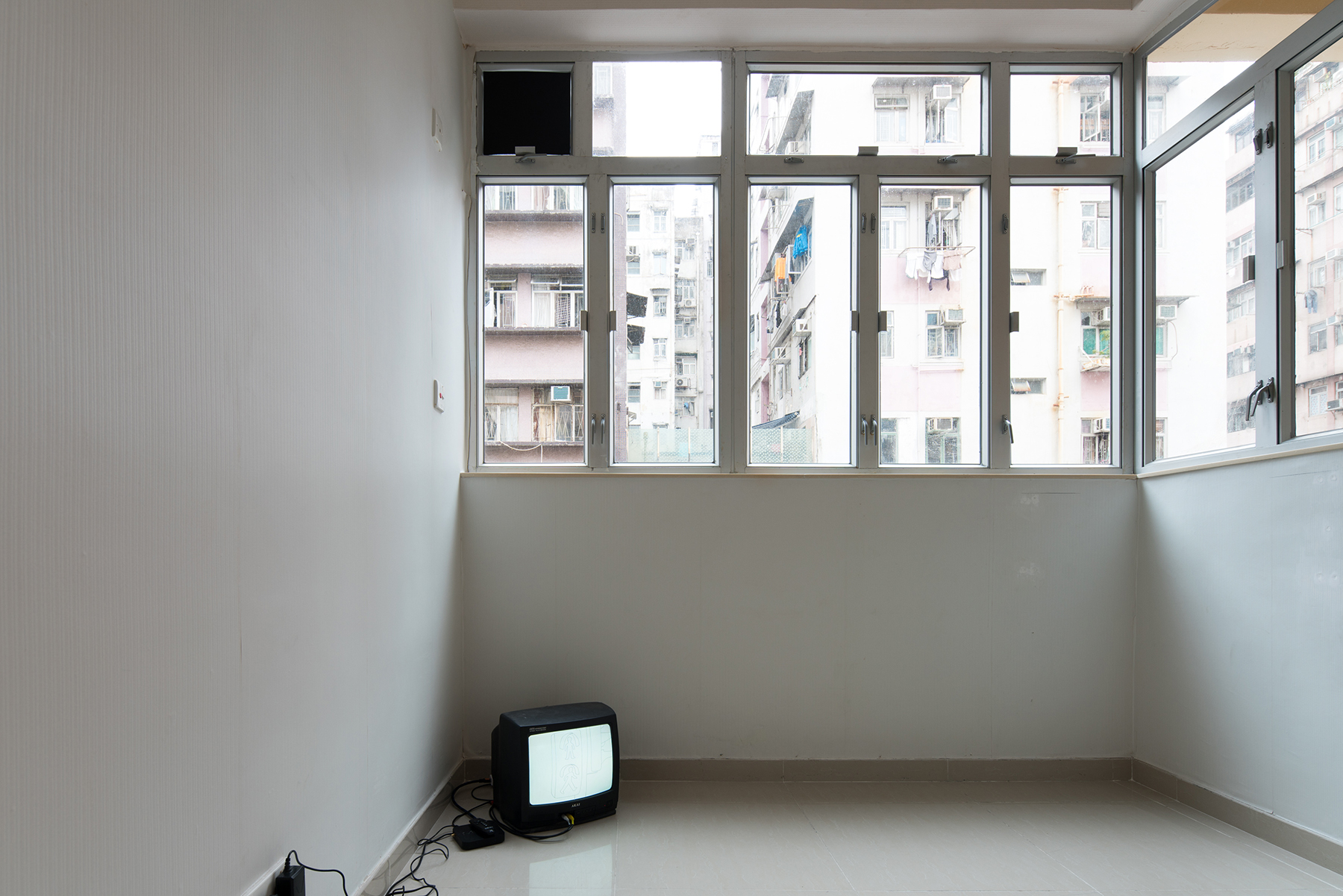
Sound installation, line, sofa, wall paper, ready-made, variable dimensions
Installation view, in the exhibition, ”Tick-Tock’, Things That Can Happen’, Hong Kong
Image courtesy of the artist

Sound installation, line, sofa, wall paper, ready-made, variable dimensions
Installation view, in the exhibition, ”Tick-Tock’, Things That Can Happen’, Hong Kong
Image courtesy of the artist

Sound installation, line, sofa, wall paper, ready-made, variable dimensions
Installation view, in the exhibition, ”Tick-Tock’, Things That Can Happen’, Hong Kong
Image courtesy of the artist
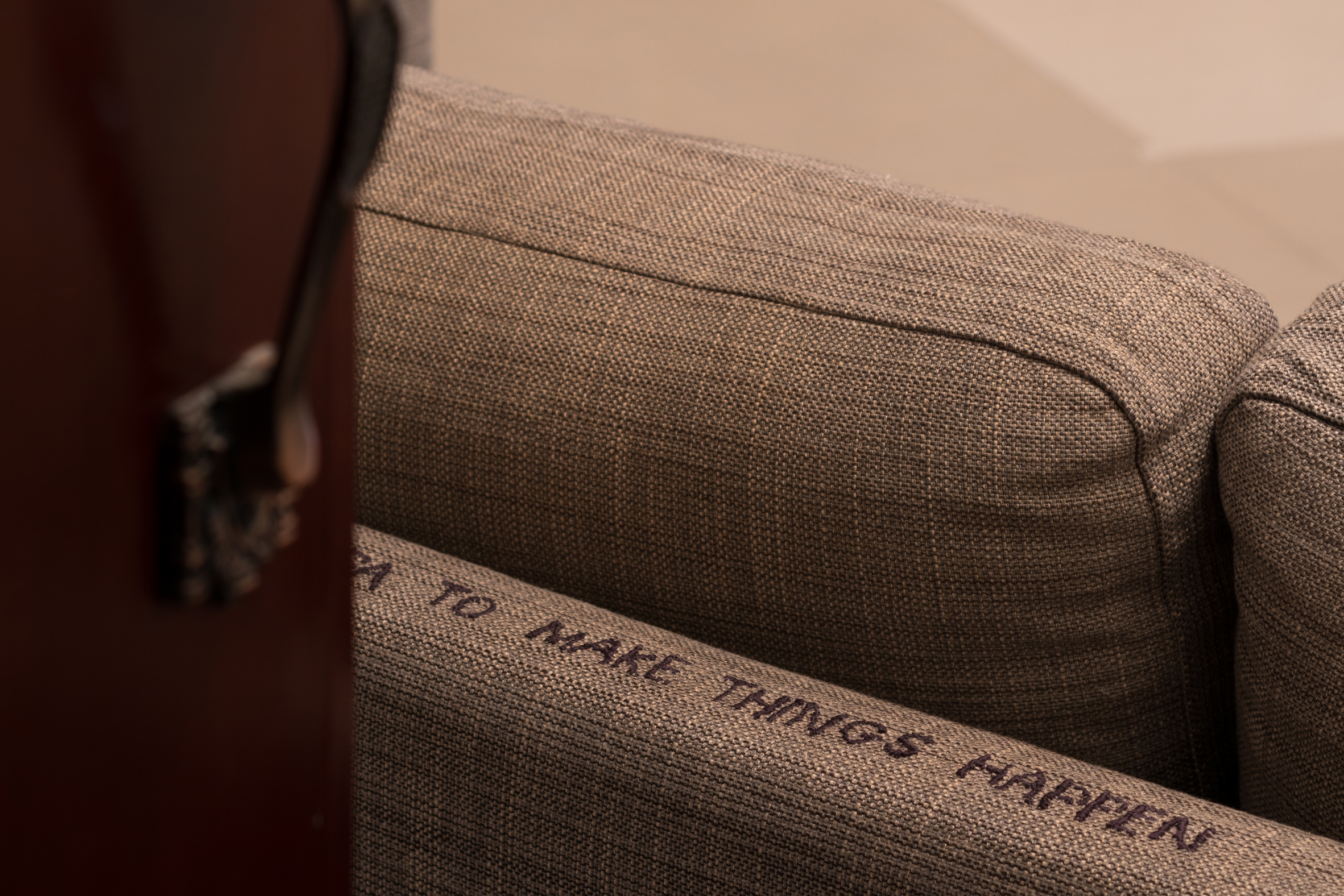
Sound installation, line, sofa, wall paper, ready-made, variable dimensions
Installation view, in the exhibition, ”Tick-Tock’, Things That Can Happen’, Hong Kong
Image courtesy of the artist
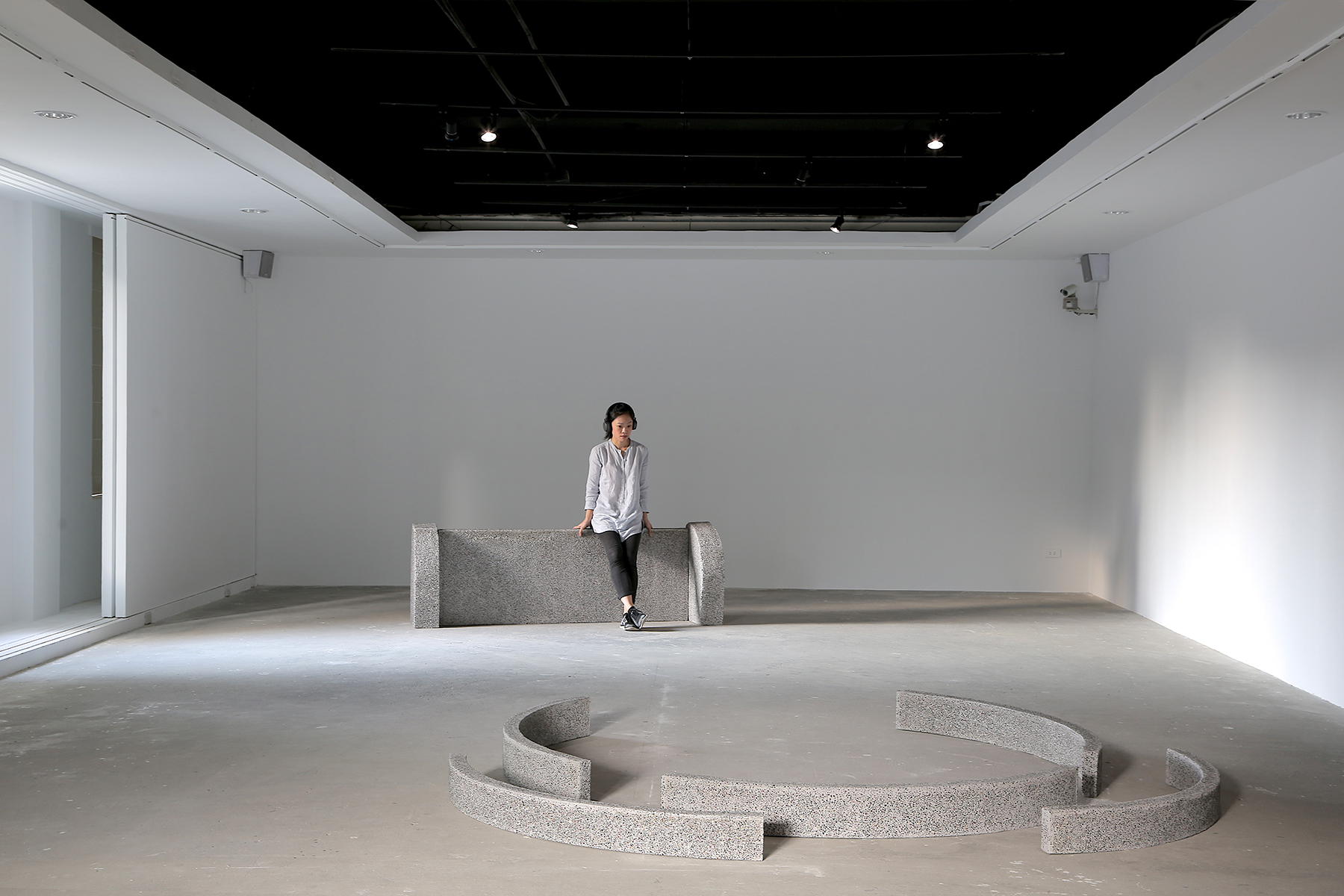
Sound installation, story telling 5 hours, pebble dash, variable dimensions
Installation view, in the exhibition ‘Have a Good Day’, Taipei Artist Village, Taipei, Taiwan
Image courtesy of the artist
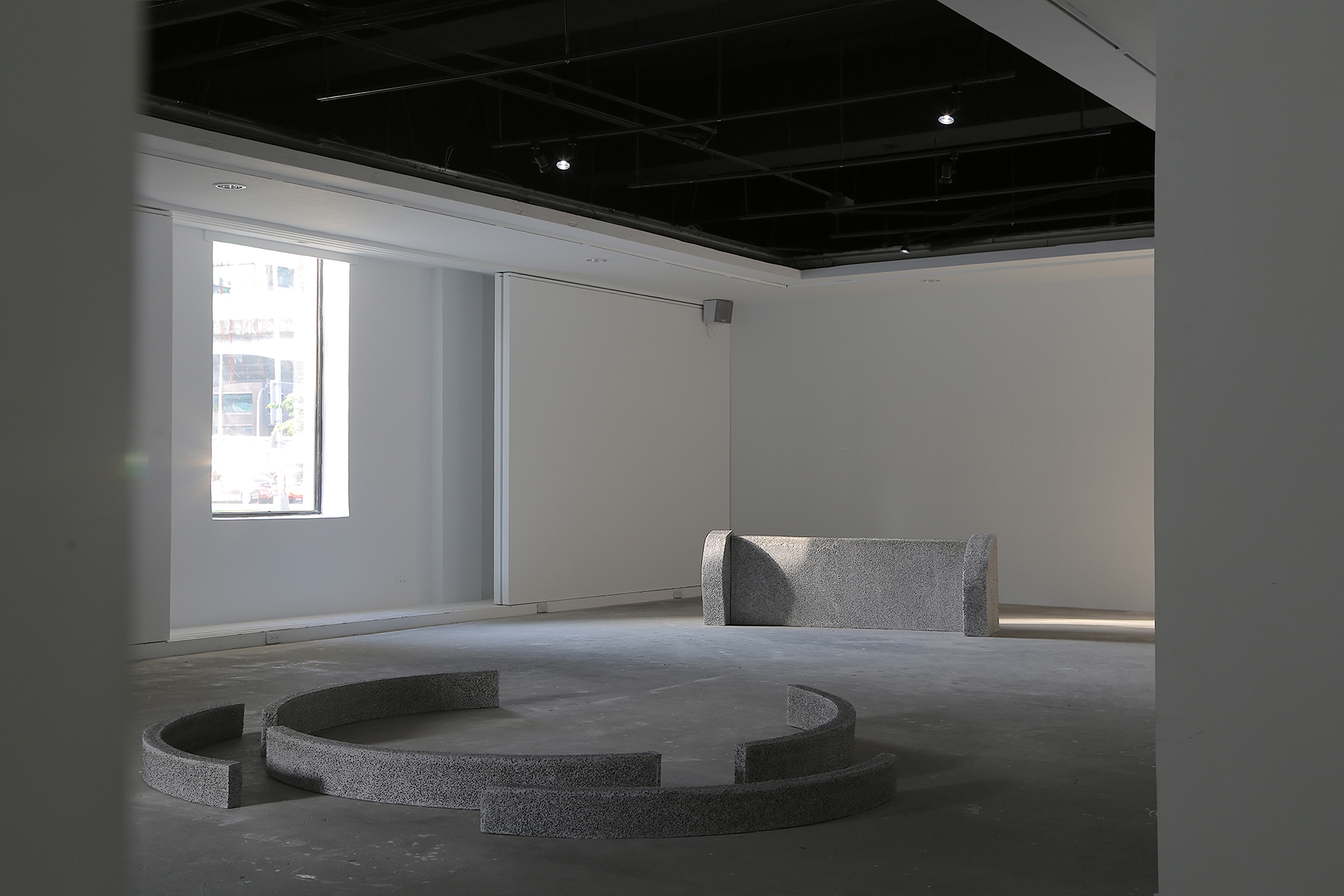
Sound installation, story telling 5 hours, pebble dash, variable dimensions
Installation view, in the exhibition ‘Have a Good Day’, Taipei Artist Village, Taipei, Taiwan
Image courtesy of the artist
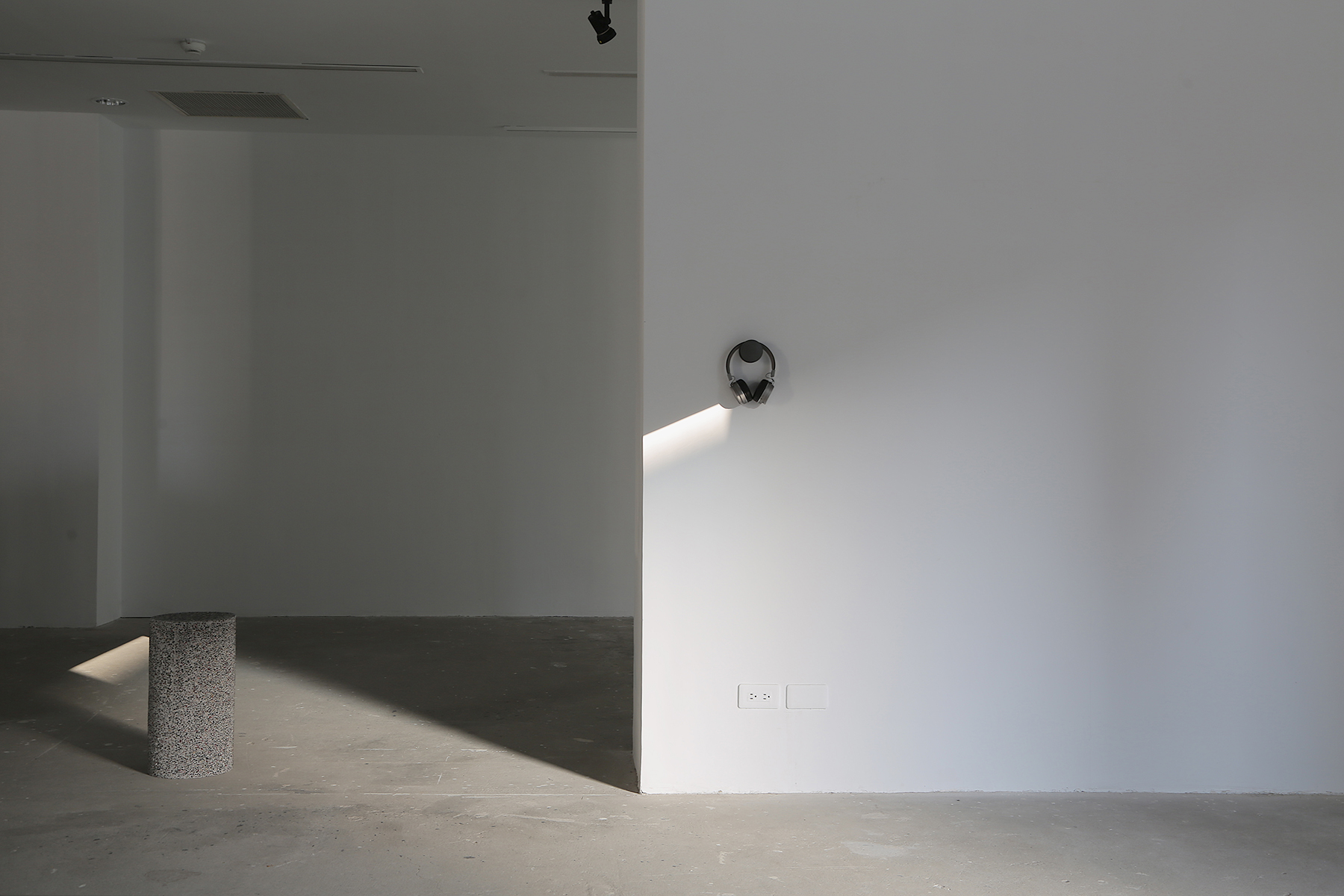
Sound installation, story telling 5 hours, pebble dash, variable dimensions
Installation view, in the exhibition ‘Have a Good Day’, Taipei Artist Village, Taipei, Taiwan
Image courtesy of the artist
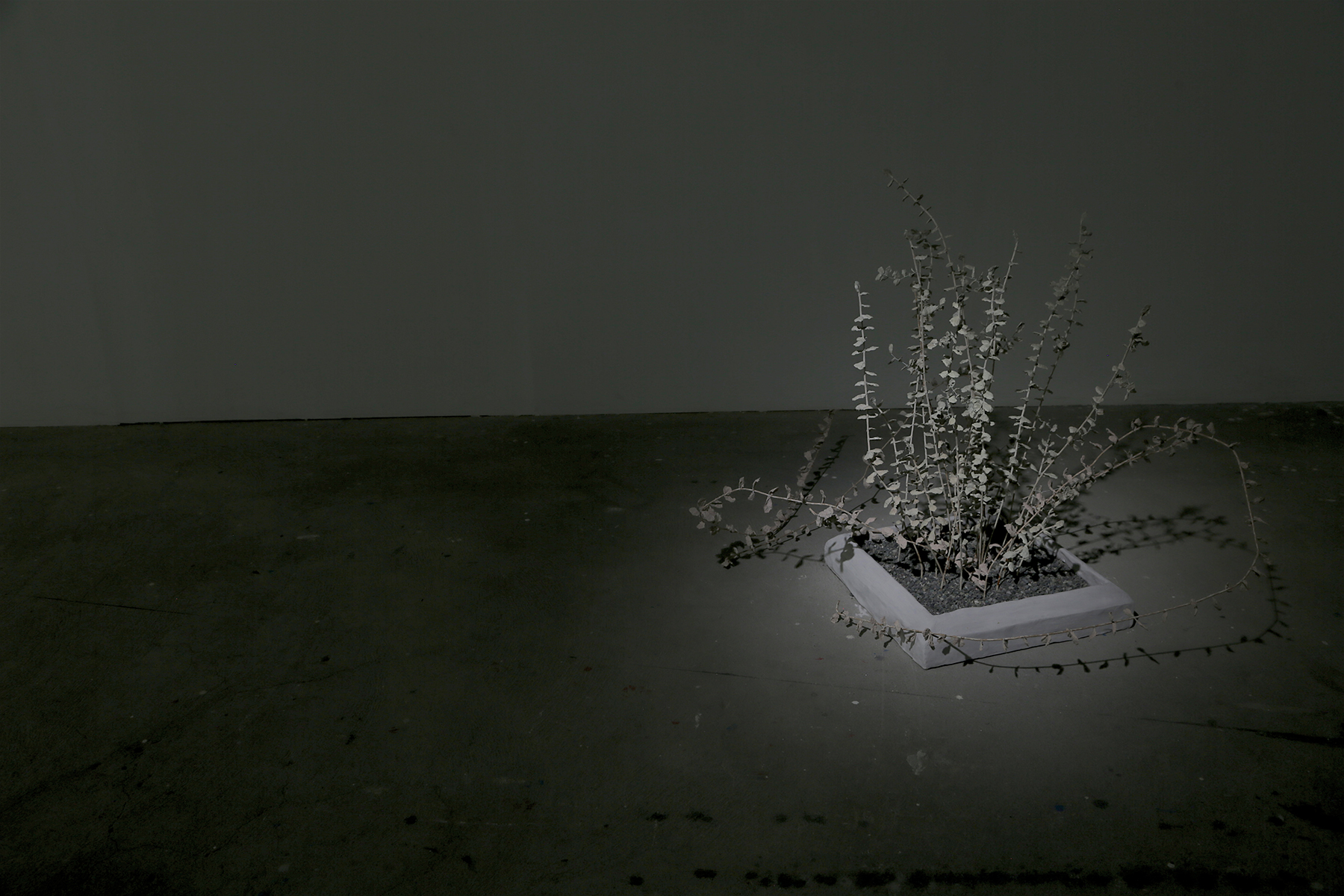
Sound installation, story telling 5 hours, pebble dash, variable dimensions
Installation view, in the exhibition ‘Have a Good Day’, Taipei Artist Village, Taipei, Taiwan
Image courtesy of the artist

Stereo, story telling 7 hours, painting on the carpet and curtain, variable dimensions
Installation view, in the exhibition, ‘Essays During the Night’, Juming Museum, Taipei, Taiwan
Image courtesy of the artist
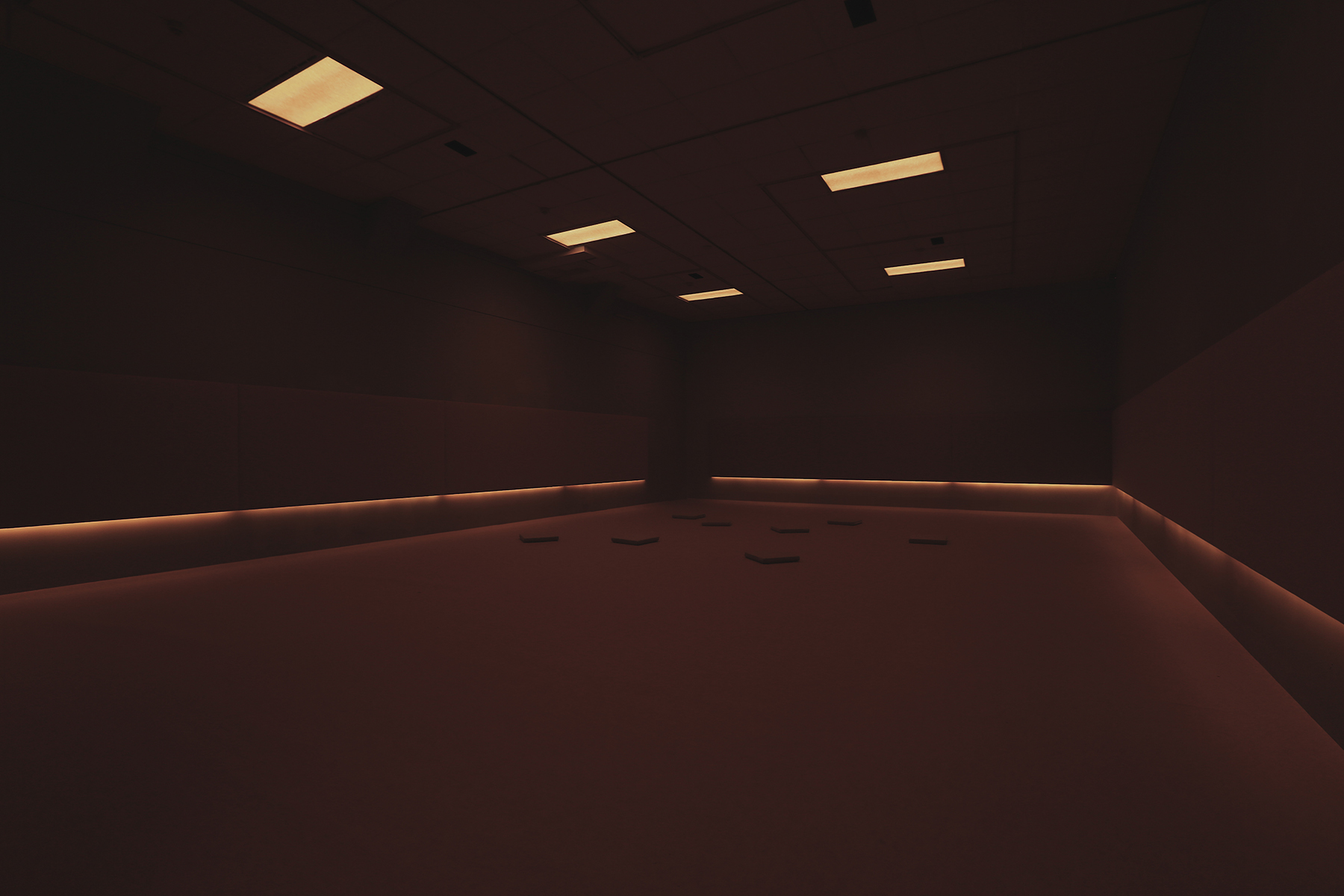
Stereo, story telling 7 hours, painting on the carpet and curtain, variable dimensions
Installation view, in the exhibition, ‘Essays During the Night’, Juming Museum, Taipei, Taiwan
Image courtesy of the artist
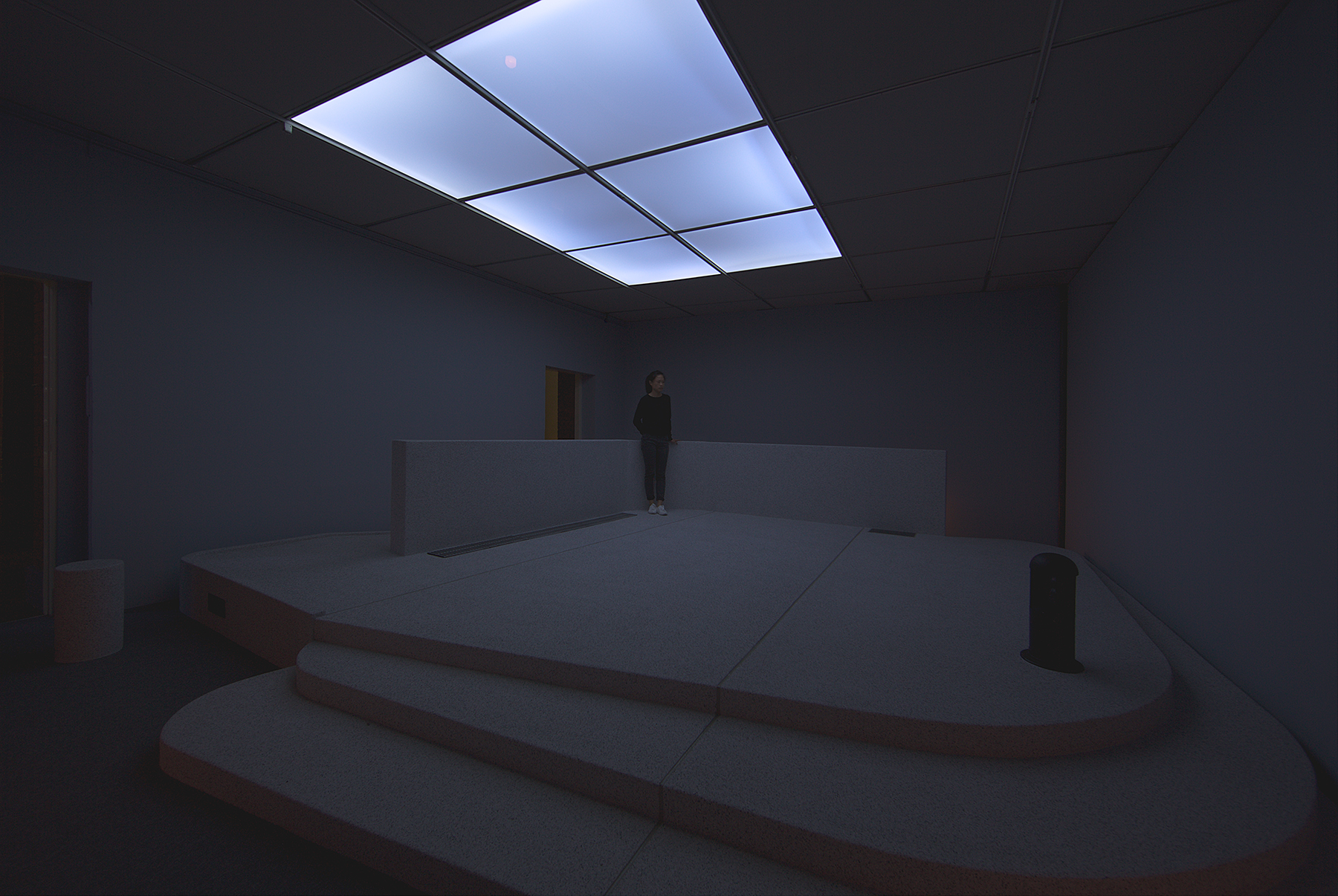
Surround sound, story telling 3 hours 30 mins, pebble dash, variable dimensions
Installation view, in the exhibition, ‘2017 Taipei Art Award’, Taipei, Taiwan, 2017
Image courtesy of the artist
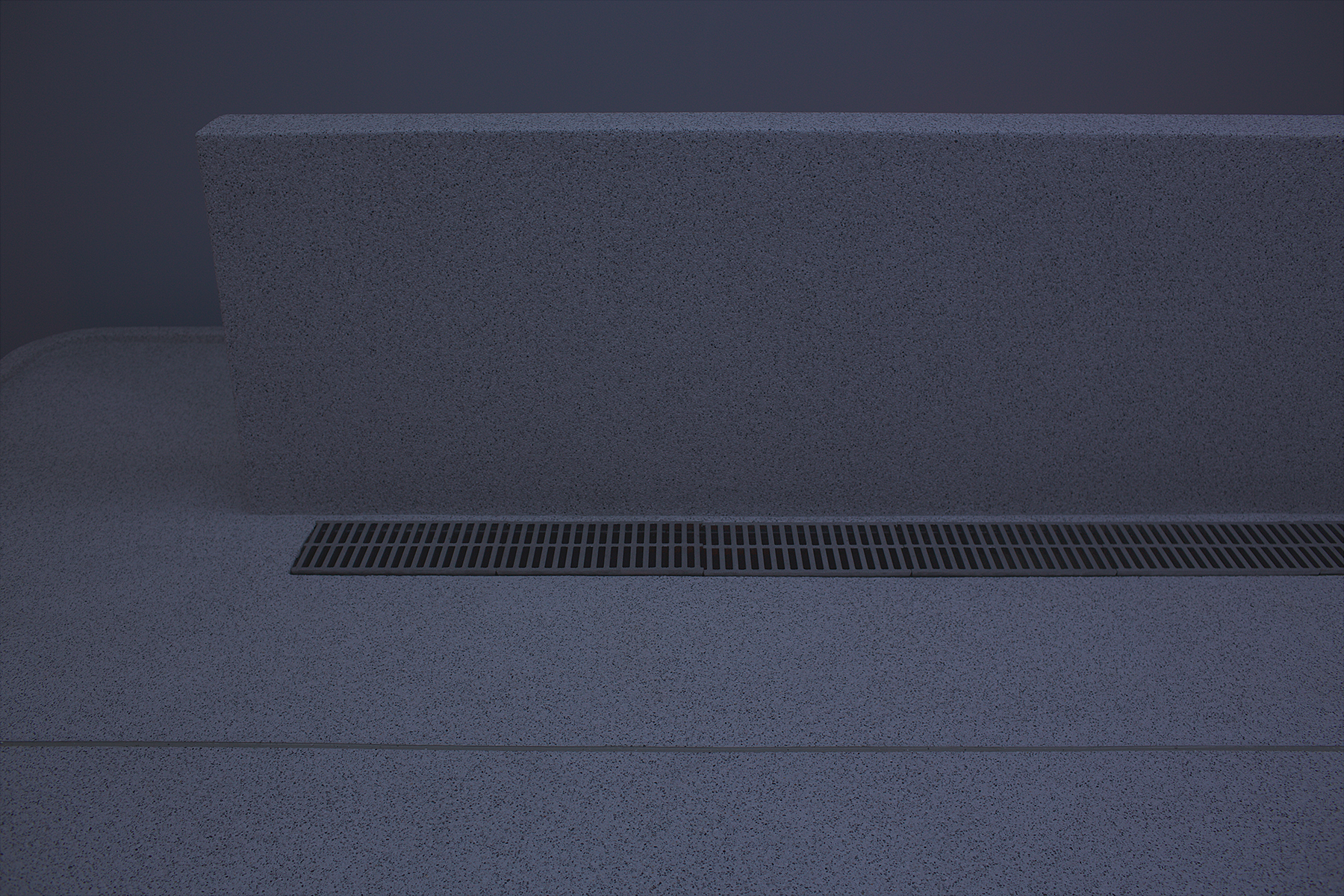
Surround sound, story telling 3 hours 30 mins, pebble dash, variable dimensions
Installation view, in the exhibition, ‘2017 Taipei Art Award’, Taipei, Taiwan, 2017
Image courtesy of the artist

Sound installation, papers, bamboo, variable dimensions
Installation view, in the exhibition, ‘What a Wonderful World’, Grey Project, Singapore
Image courtesy of the artist

Sound installation, papers, bamboo, variable dimensions
Installation view, in the exhibition, ‘What a Wonderful World’, Grey Project, Singapore
Image courtesy of the artist

Sound installation, lightbox, curtain, painting, plants, ready-made, variable dimensions
Installation view, in the exhibition, ‘√YANG, CHI-CHUAN’, Radicalsign, Taipei, Taiwan
Image courtesy of the artist

Sound installation, lightbox, curtain, painting, plants, ready-made, variable dimensions
Installation view, in the exhibition, ‘√YANG, CHI-CHUAN’, Radicalsign, Taipei, Taiwan
Image courtesy of the artist

Sound installation, lightbox, curtain, painting, plants, ready-made, variable dimensions
Installation view, in the exhibition, ‘√YANG, CHI-CHUAN’, Radicalsign, Taipei, Taiwan
Image courtesy of the artist

Sound installation, lightbox, curtain, painting, plants, ready-made, variable dimensions
Installation view, in the exhibition, ‘√YANG, CHI-CHUAN’, Radicalsign, Taipei, Taiwan
Image courtesy of the artist
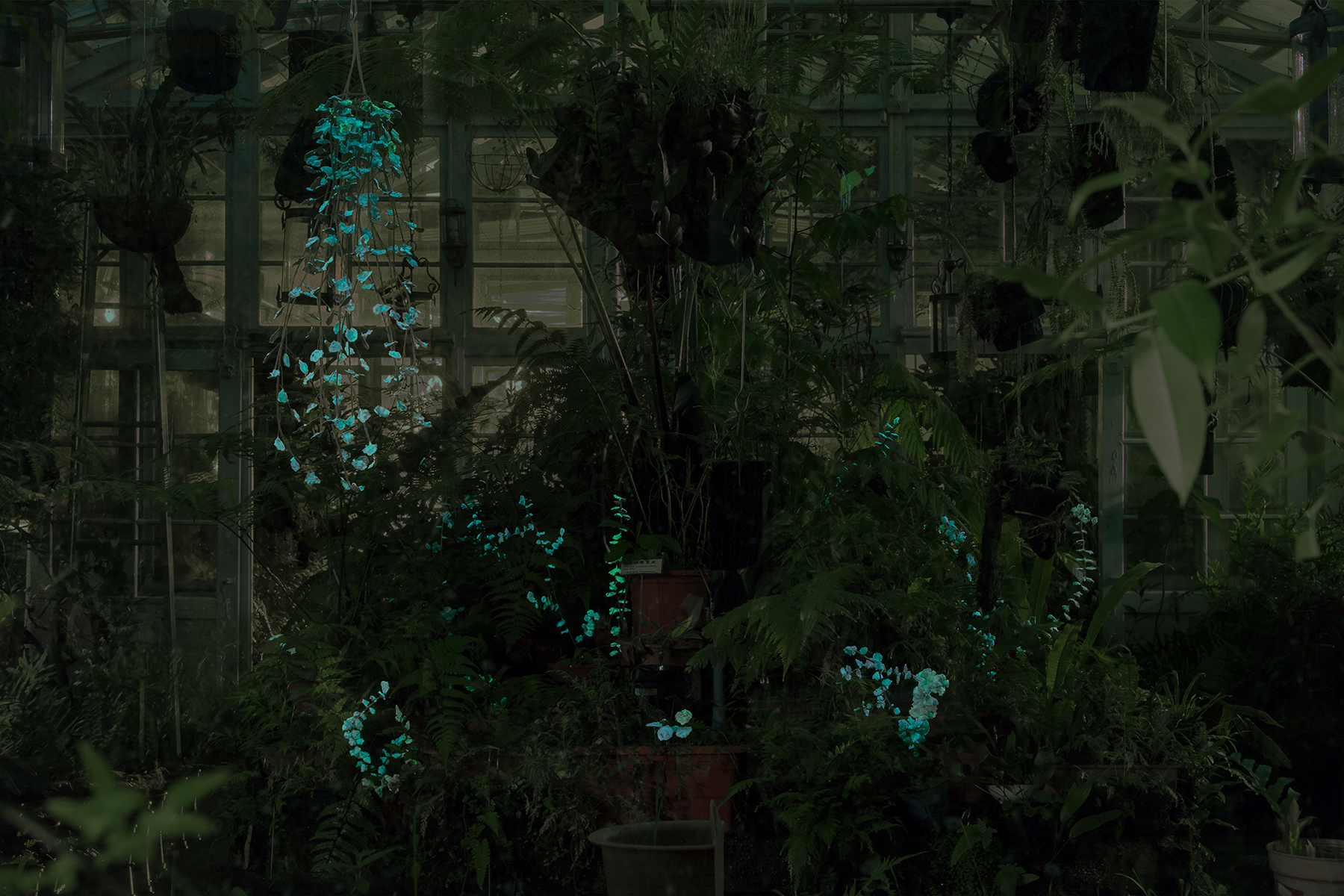
Papers pulp, wax, noctilucent power, variable dimensions
Installation view, in the exhibition, ‘Bio Apartment Vol.2’, TAI Herbarium, Taipei, Taiwan
Image courtesy of the artist

Wax, oil painting, metal, ready-made, clay, cotton material, print, variable dimensions
Installation view, in the exhibition, ‘Specimen’, Nanhai Gallery, Taipei, Taiwan
Image courtesy of the artist
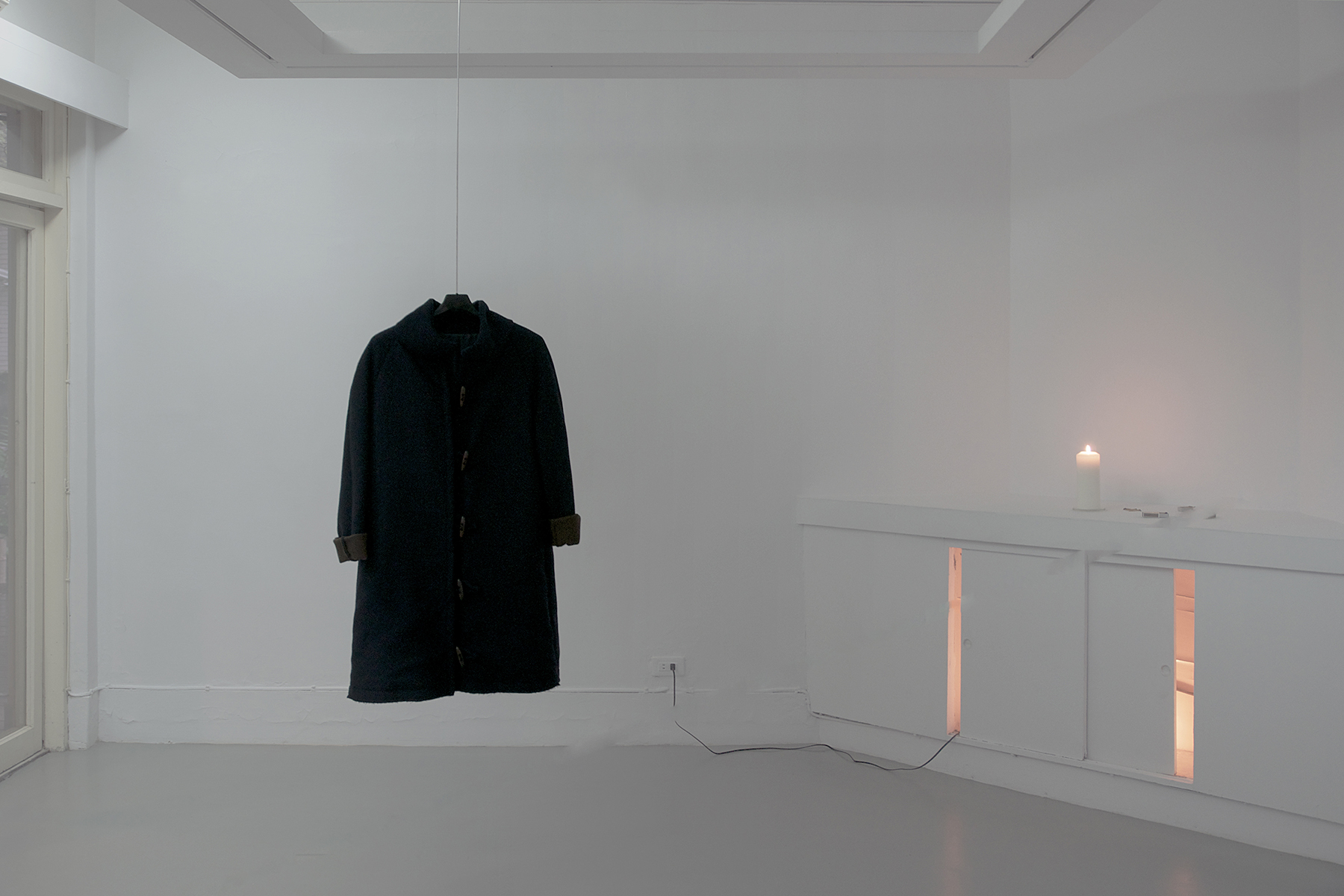
Wax, oil painting, metal, ready-made, clay, cotton material, print, variable dimensions
Installation view, in the exhibition, ‘Specimen’, Nanhai Gallery, Taipei, Taiwan
Image courtesy of the artist
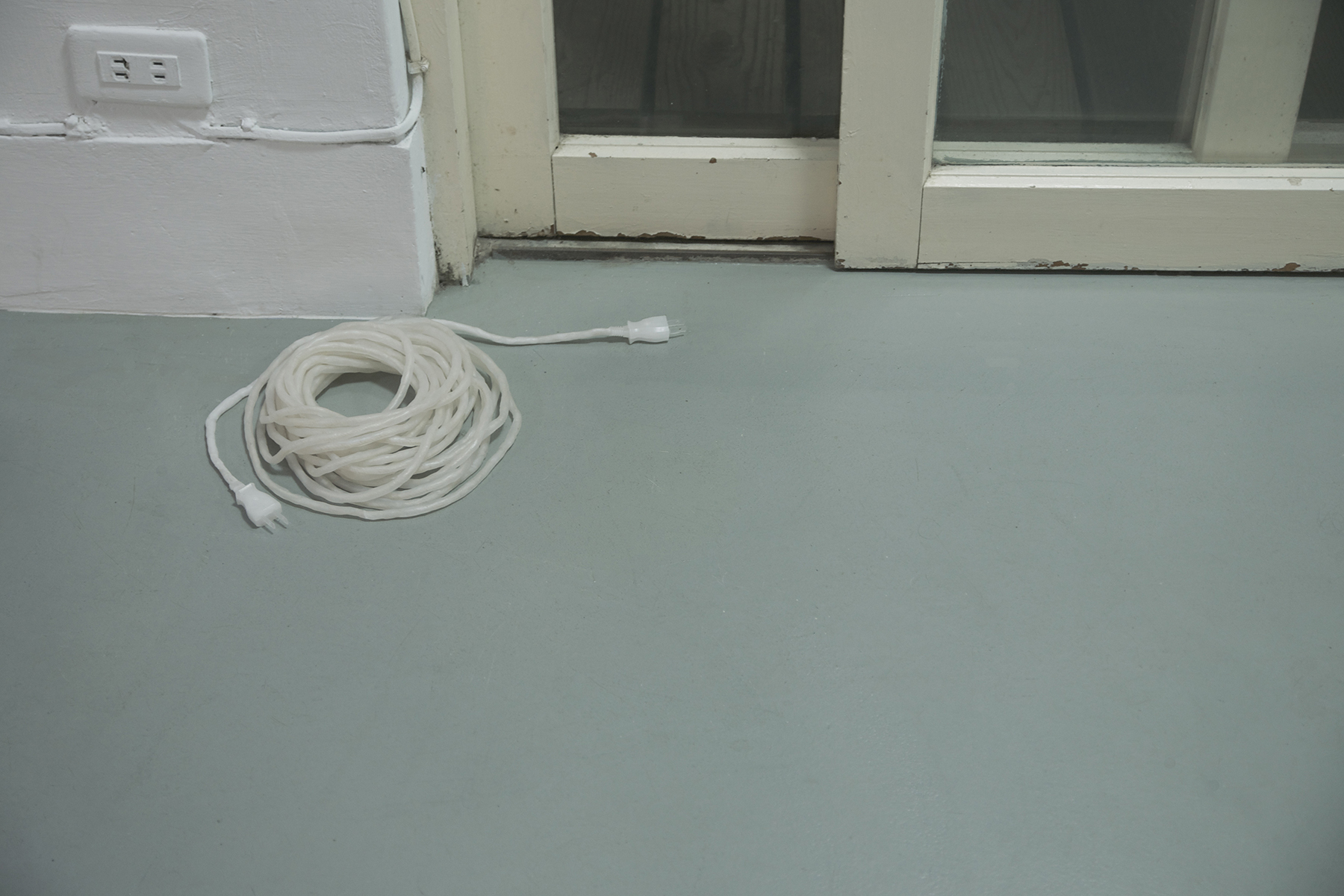
Wax, oil painting, metal, ready-made, clay, cotton material, print, variable dimensions
Installation view, in the exhibition, ‘Specimen’, Nanhai Gallery, Taipei, Taiwan
Image courtesy of the artist

Wax, oil painting, metal, ready-made, clay, cotton material, print, variable dimensions
Installation view, in the exhibition, ‘Specimen’, Nanhai Gallery, Taipei, Taiwan
Image courtesy of the artist